Artist Love Hultén is renowned for his new take on familiar instruments, and he is a master in this niche craft. His past creations are a testament to that fact. No wonder everyone wants to get their hands on Love’s creations – including me! His VOC-25 synthesizer is a good example, and now he the artist is back with another synthesizer all music creators will drool over. This is the MDLR-37 synthesizer made up of four sections that fold into a compact form factor for easy portability.
The hand-crafted musical instrument comprises a couple of Korg synthesizers – one is analog and the other a classy digital. To be exact, these are the Korg Minilogue and Korg microkey 37. The synth also includes a digital Synthesizer in pedal form – the Meris ENZO pedal. For effects, Love has fitted the rig with a T-Rex Replicator analog tape echo and the Doepfer A-199 spring reverb Eurorack modules. The latter has a real spring too. The large oscilloscope (most probably a magnifying glass over a small digital scope), wooden faceplates, actual tape delay, and a spring reverb make it a unique creation!
These instruments fit nicely into the foldable wooden case, which has the speakers and waveform display built-in. Though the synthesizer is foldable to stow anyway when not in use, would you actually want to do that since it’s an eye-candy piece for your studio or living room? However, the foldable function comes real handy when you’ve got to take it to the outdoors with you. Once again, Love has created a fun mod for all music composers out there – Vince Clarke will love to explore it, I’m sure!
Designer: Love Hultén
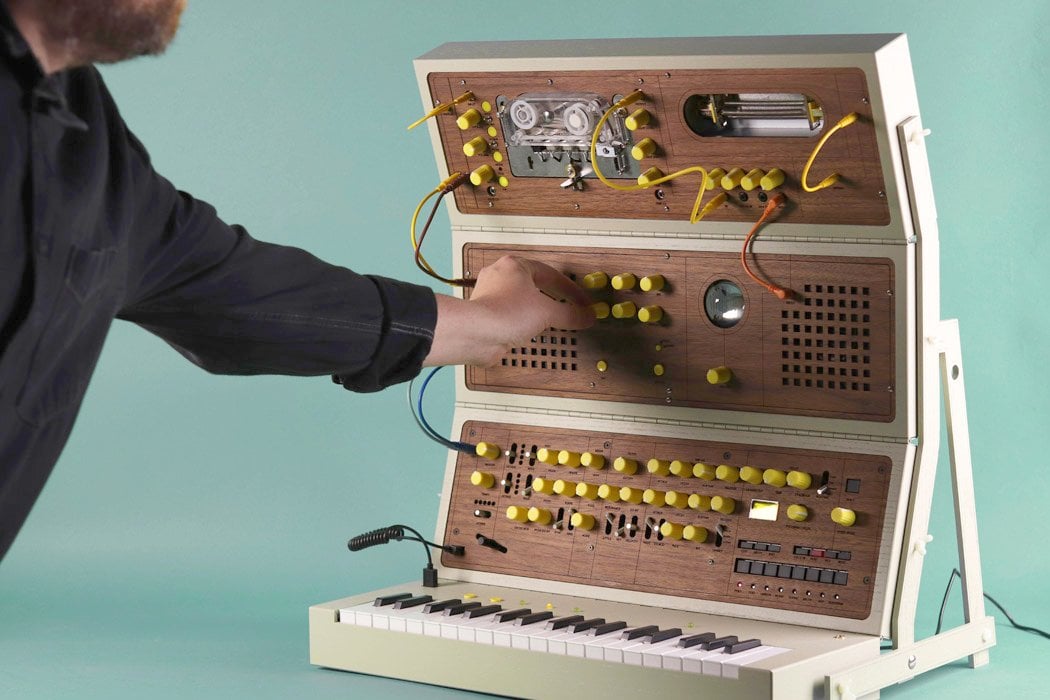
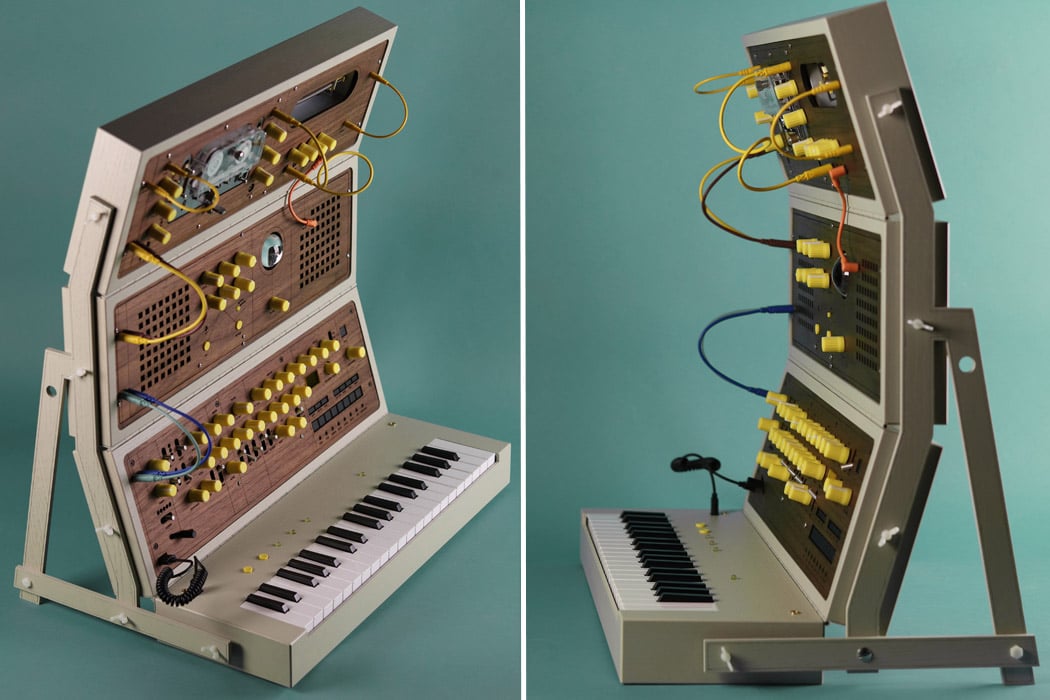
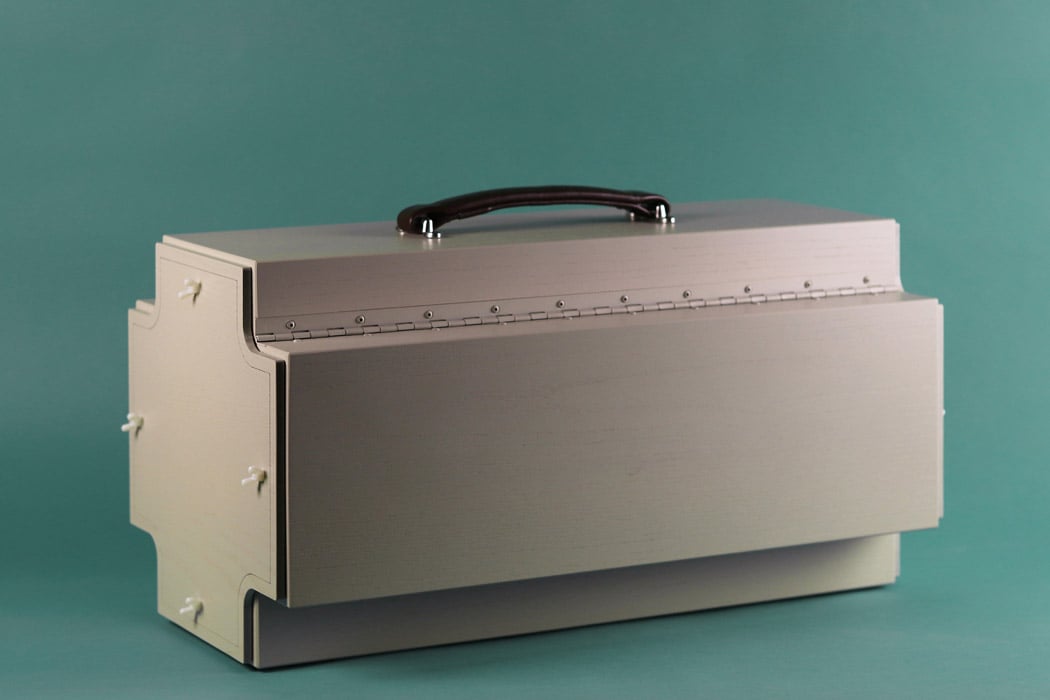
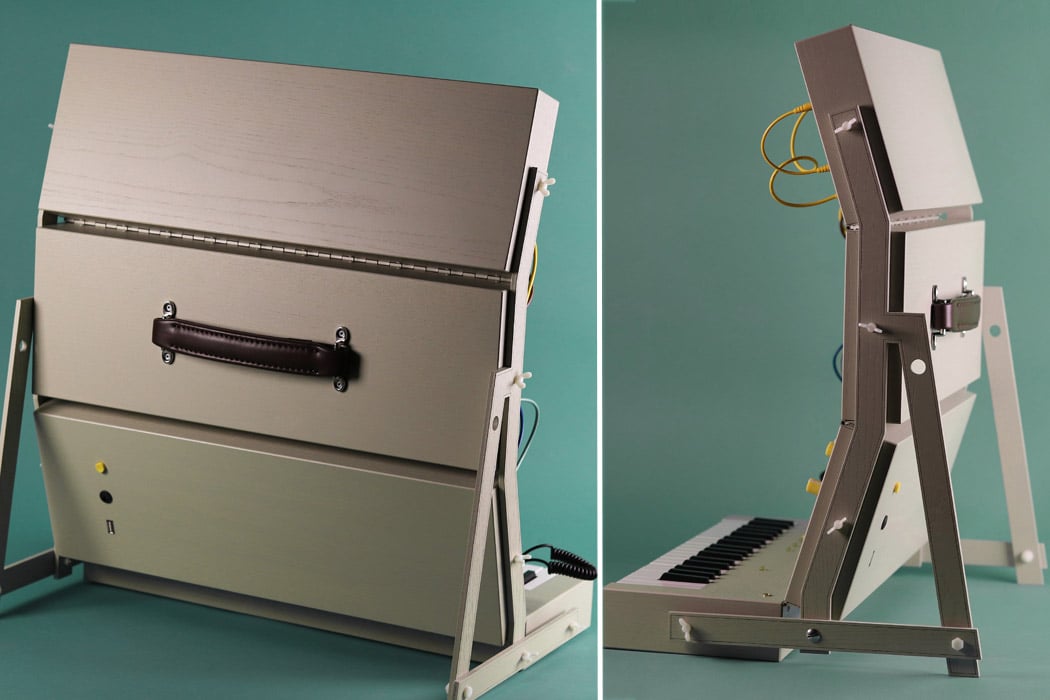
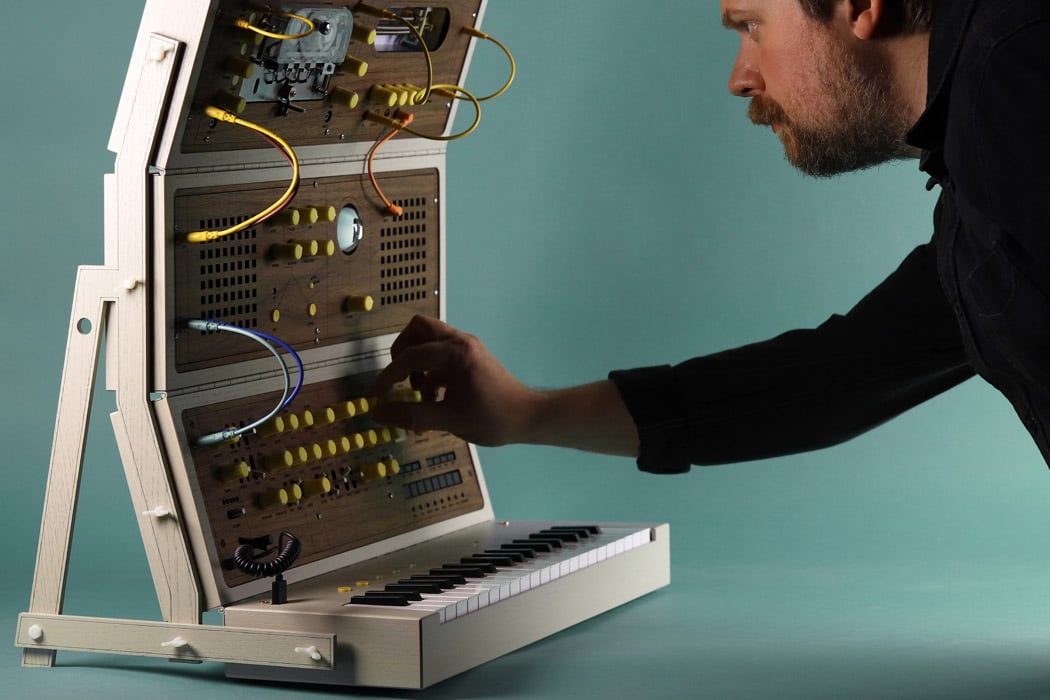
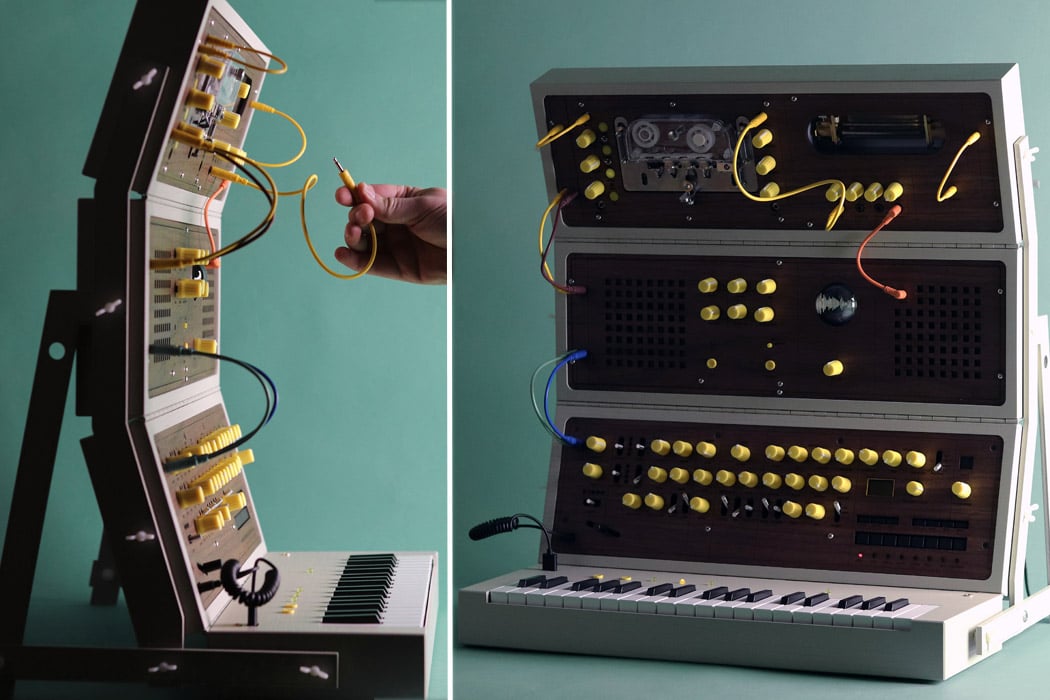
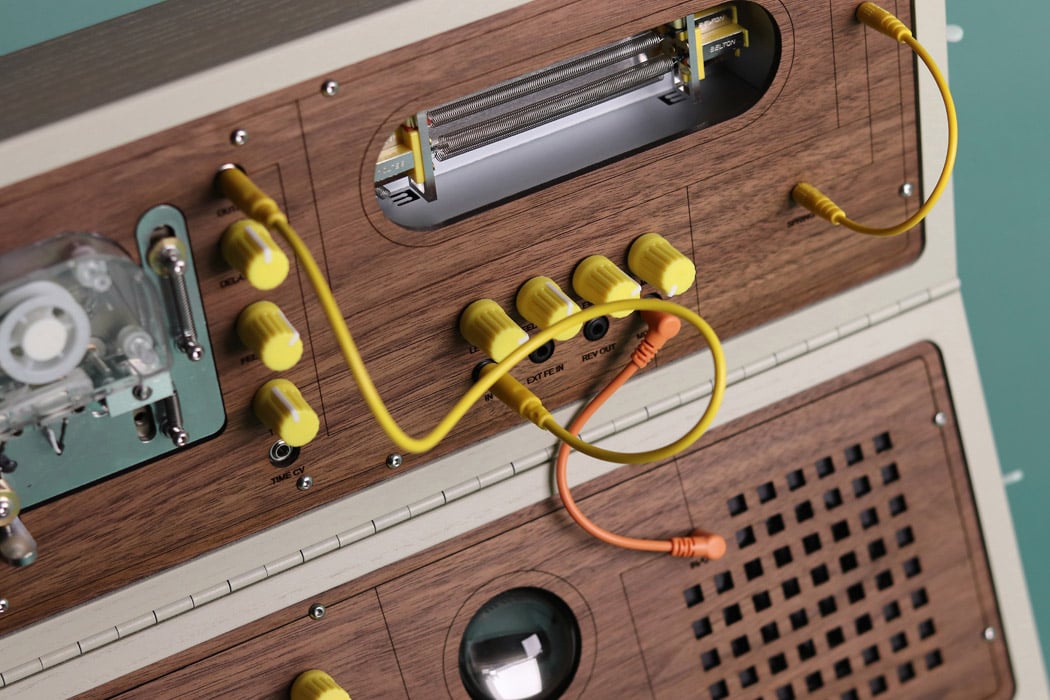
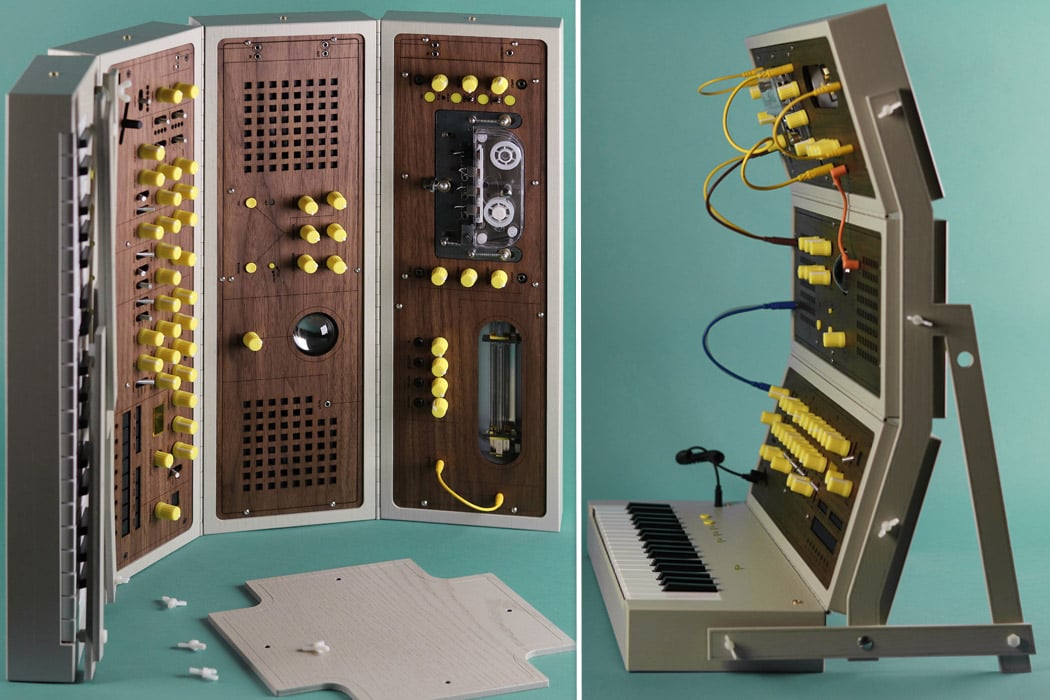
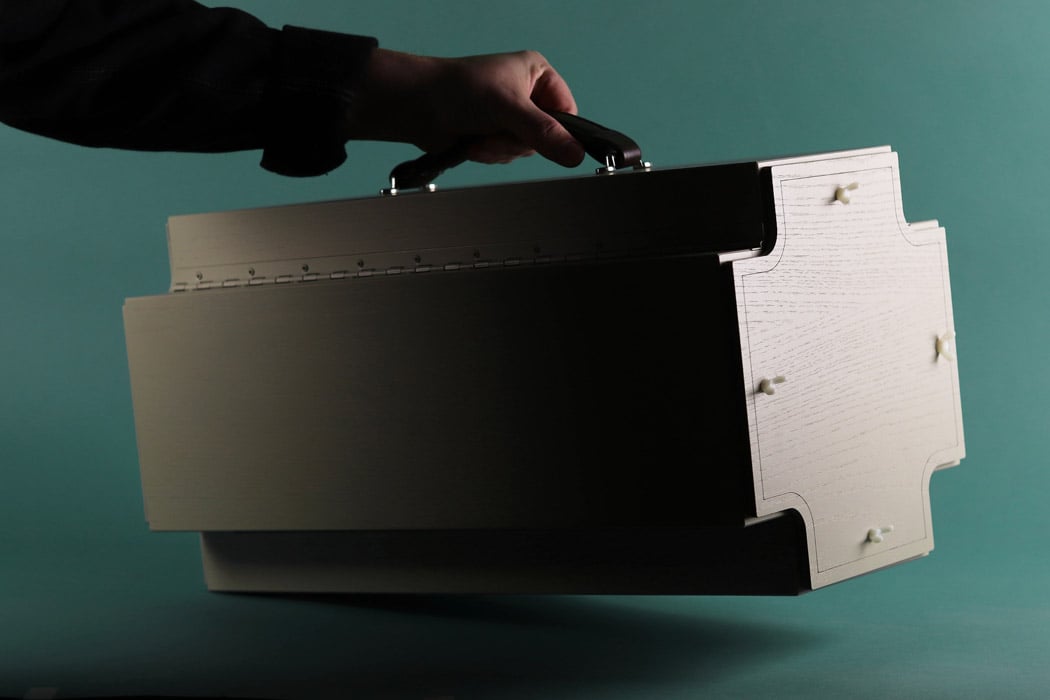
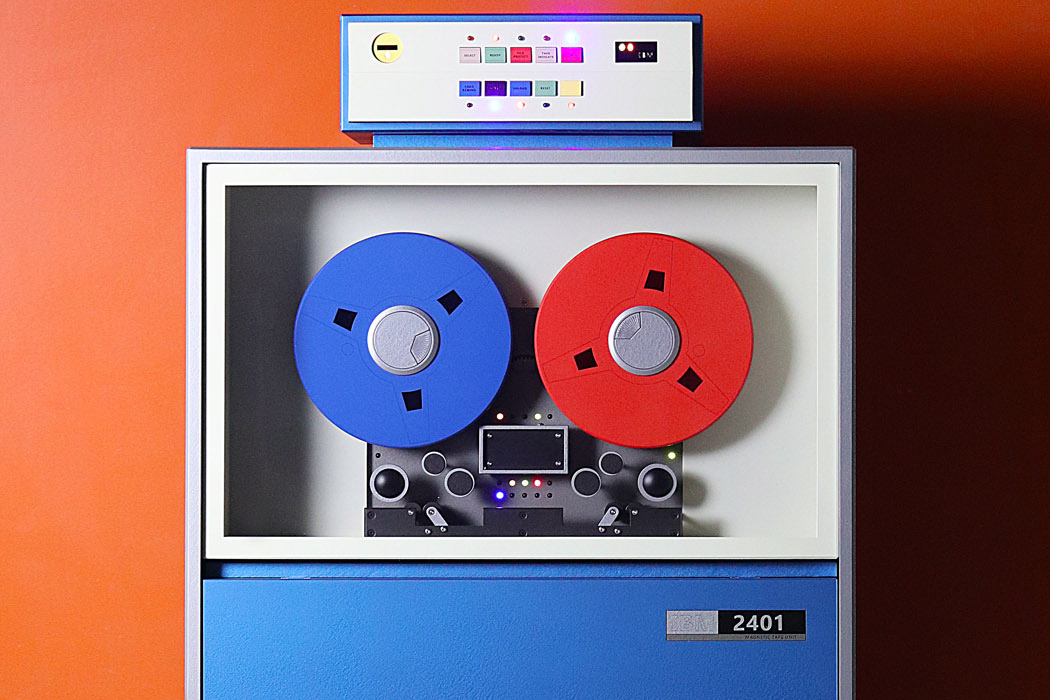
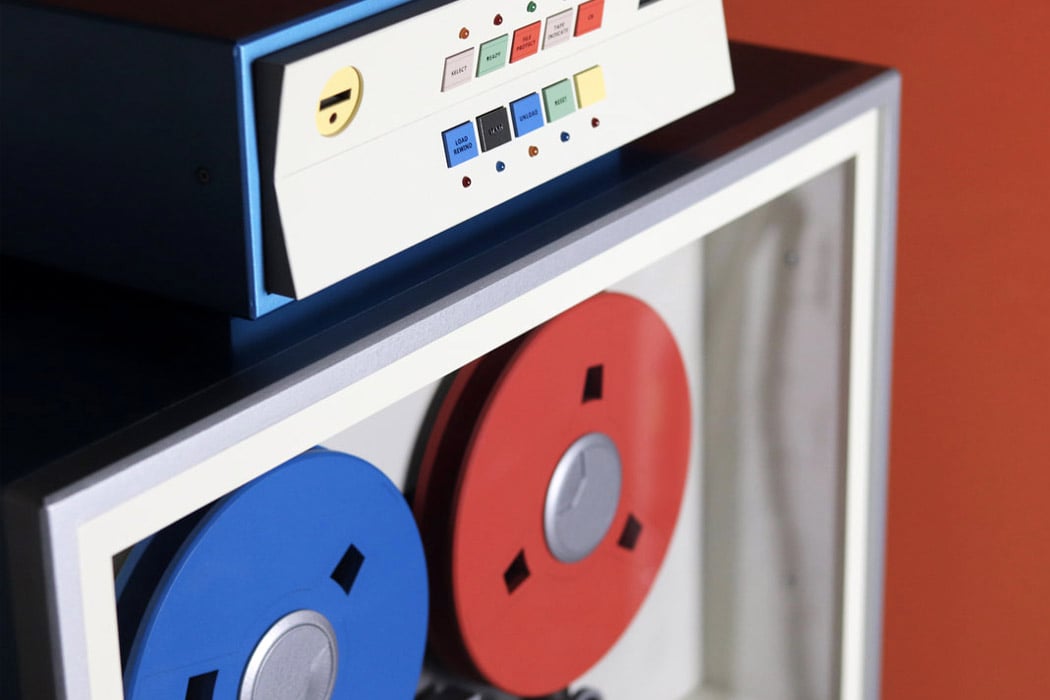
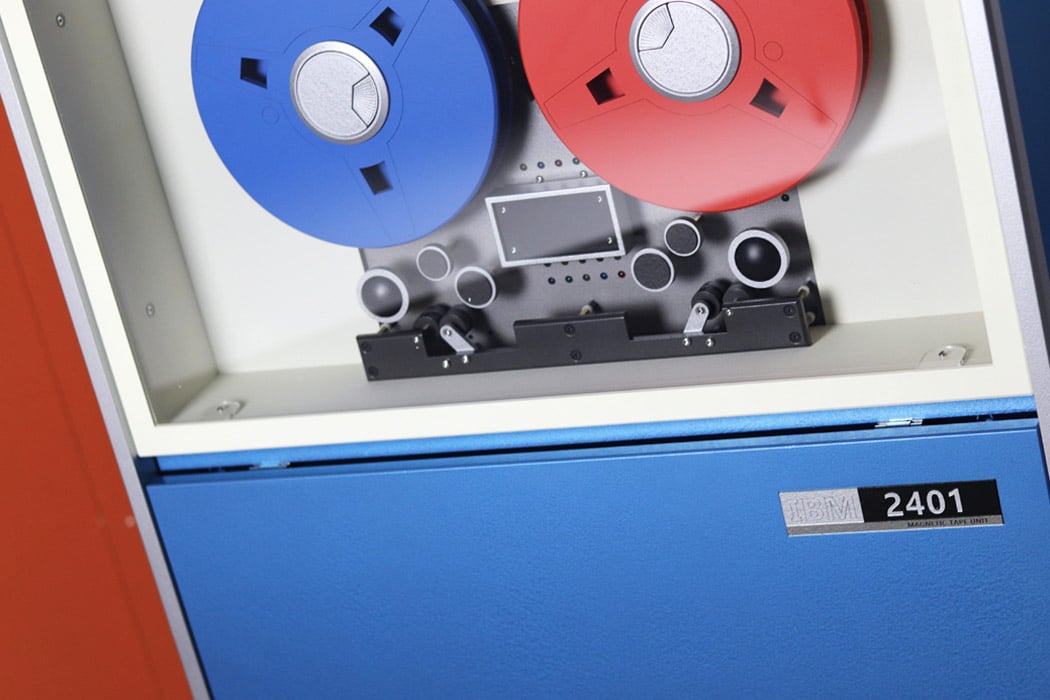
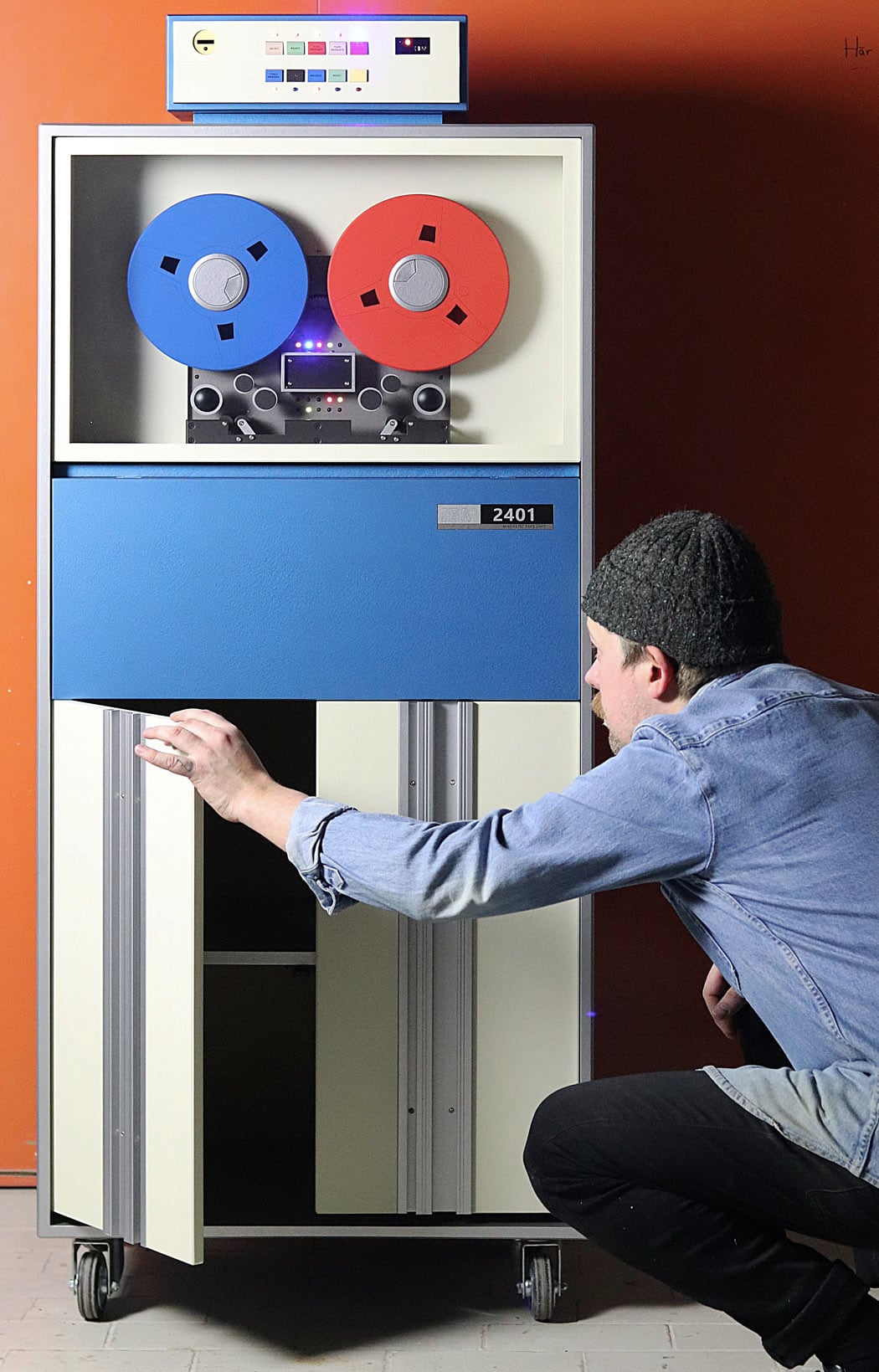
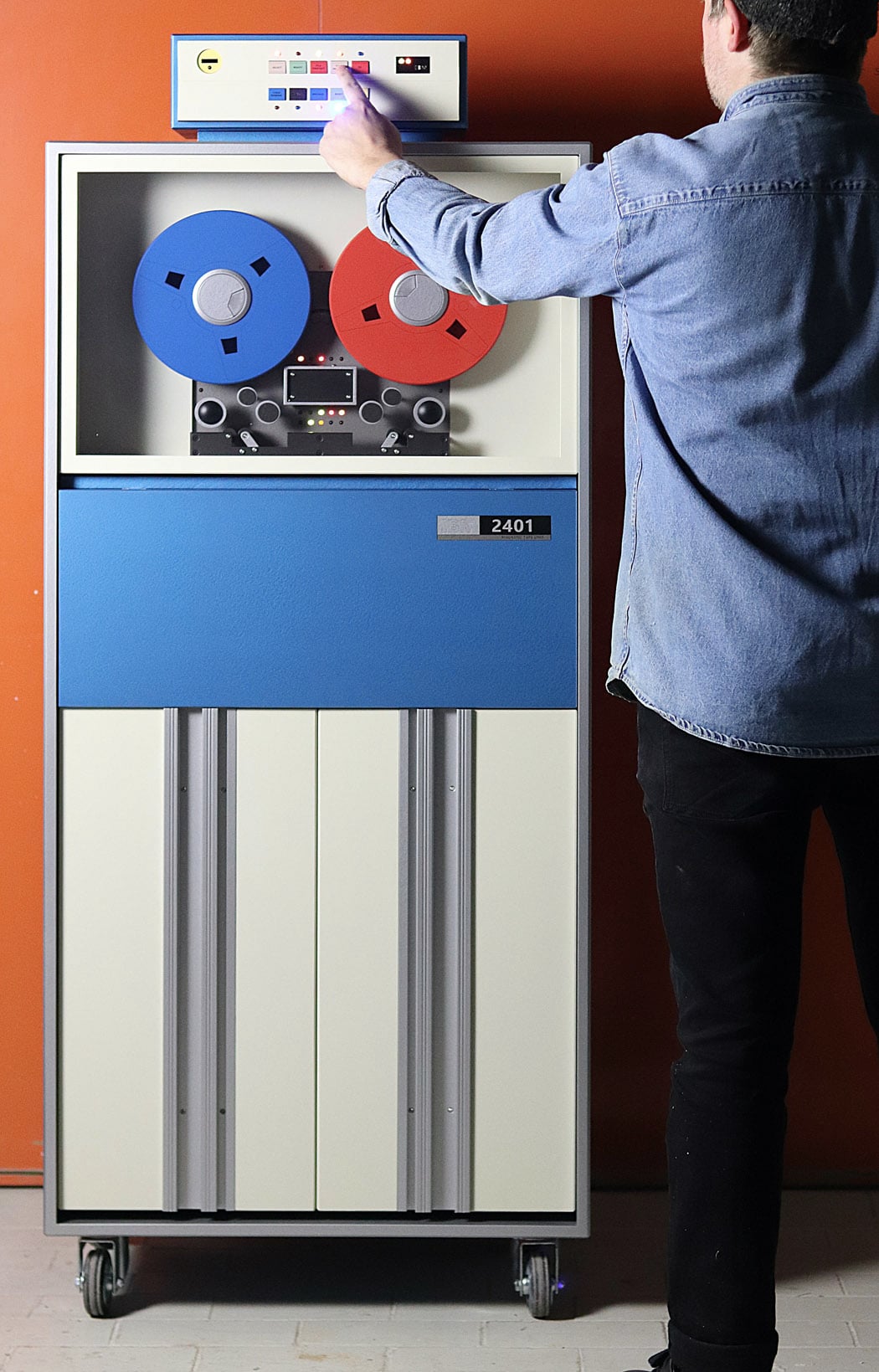
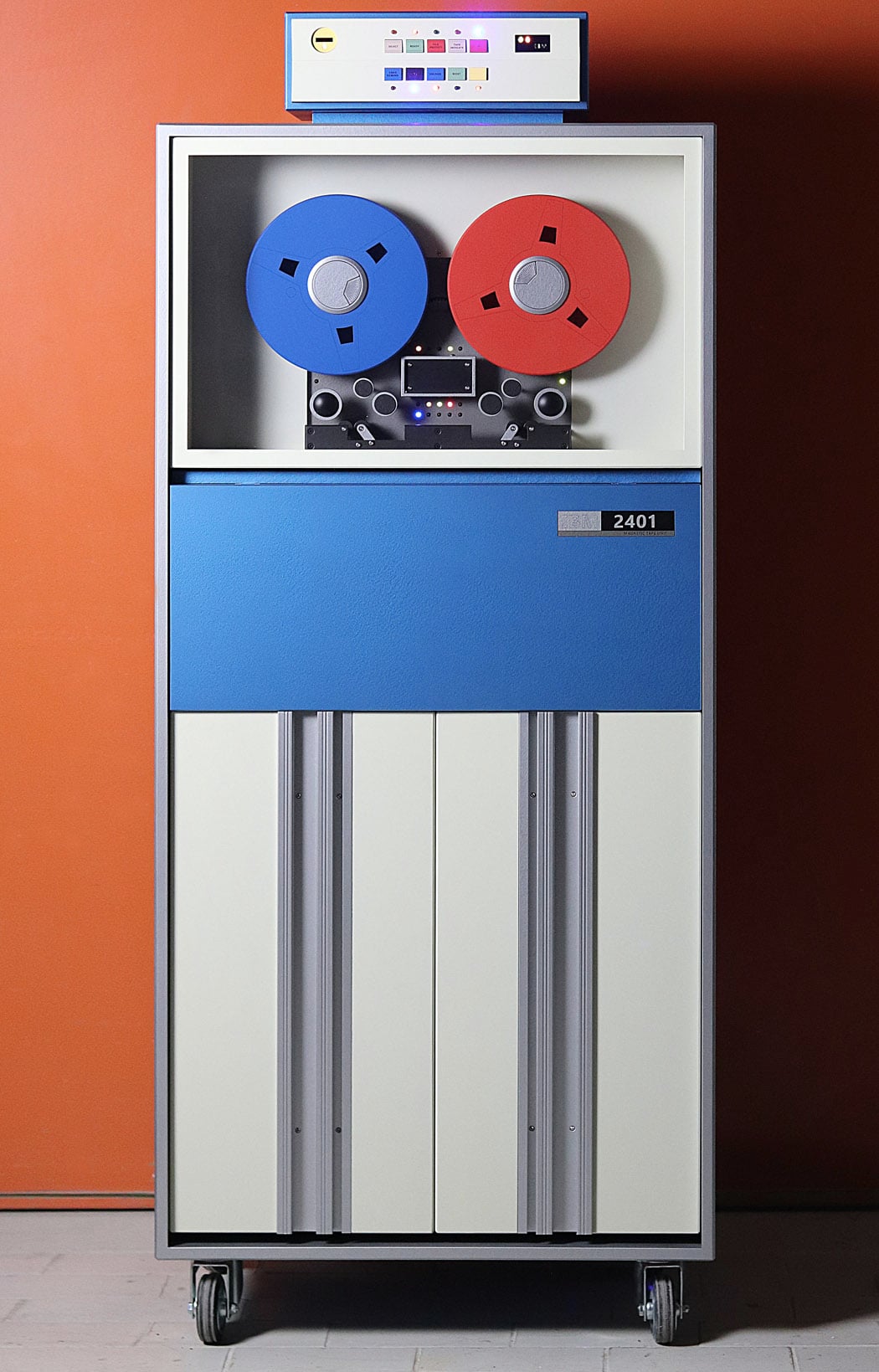
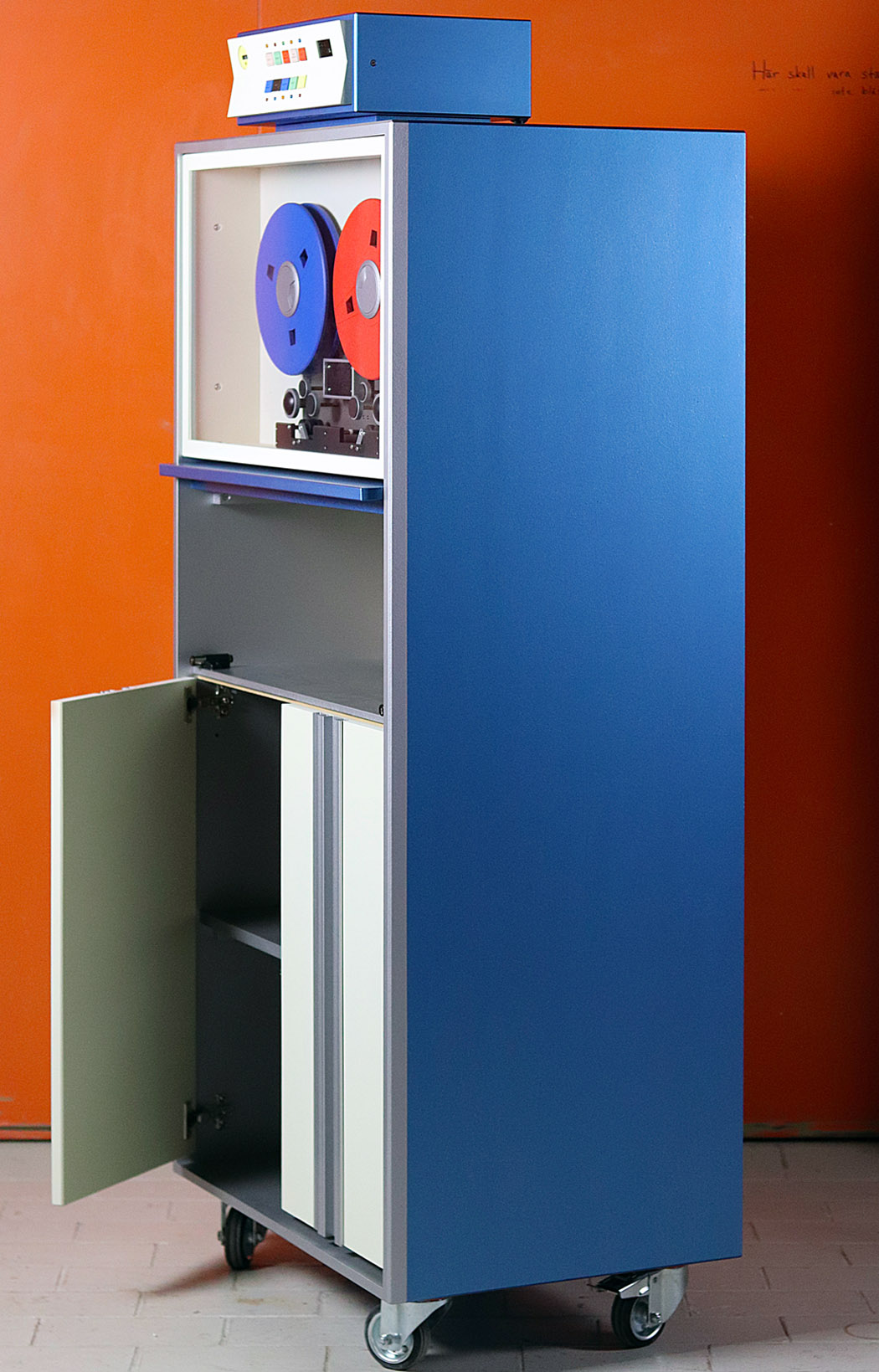
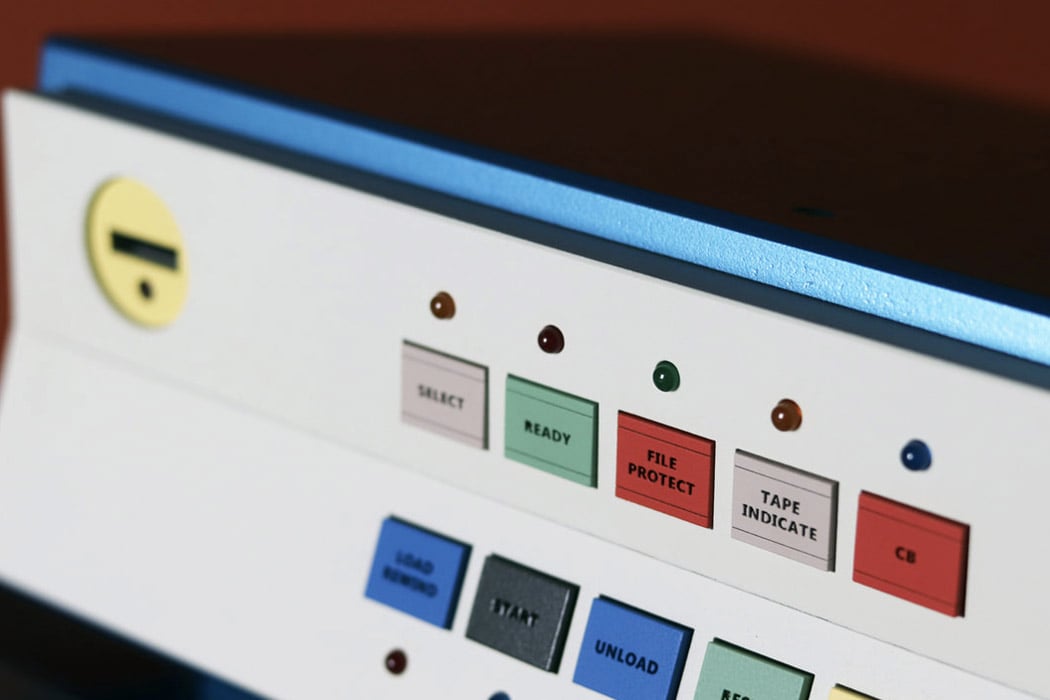
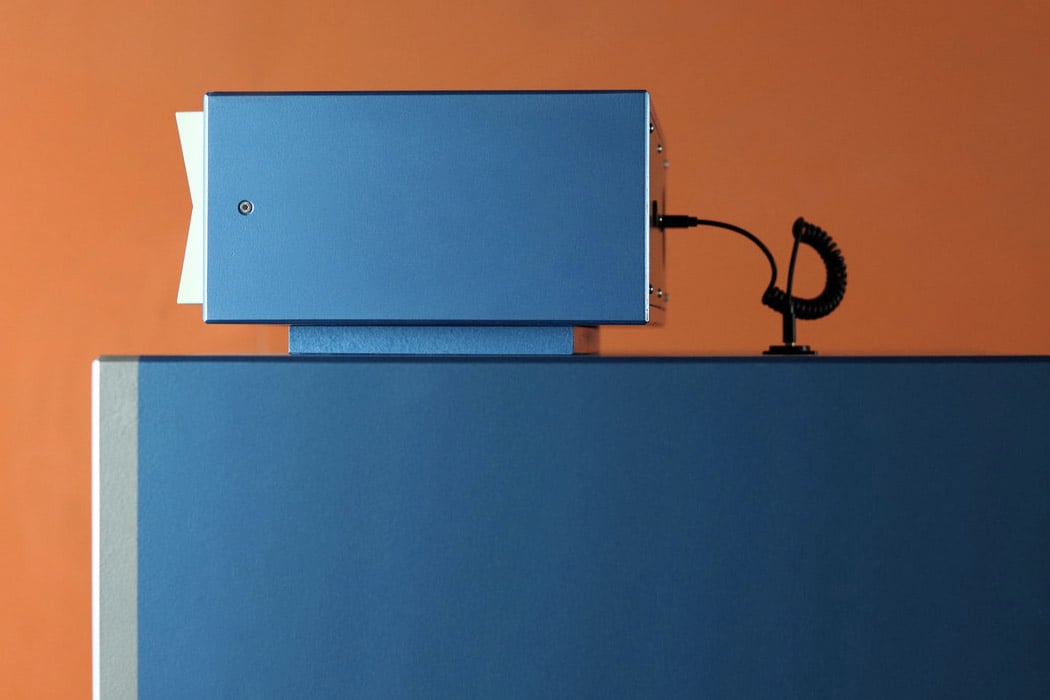
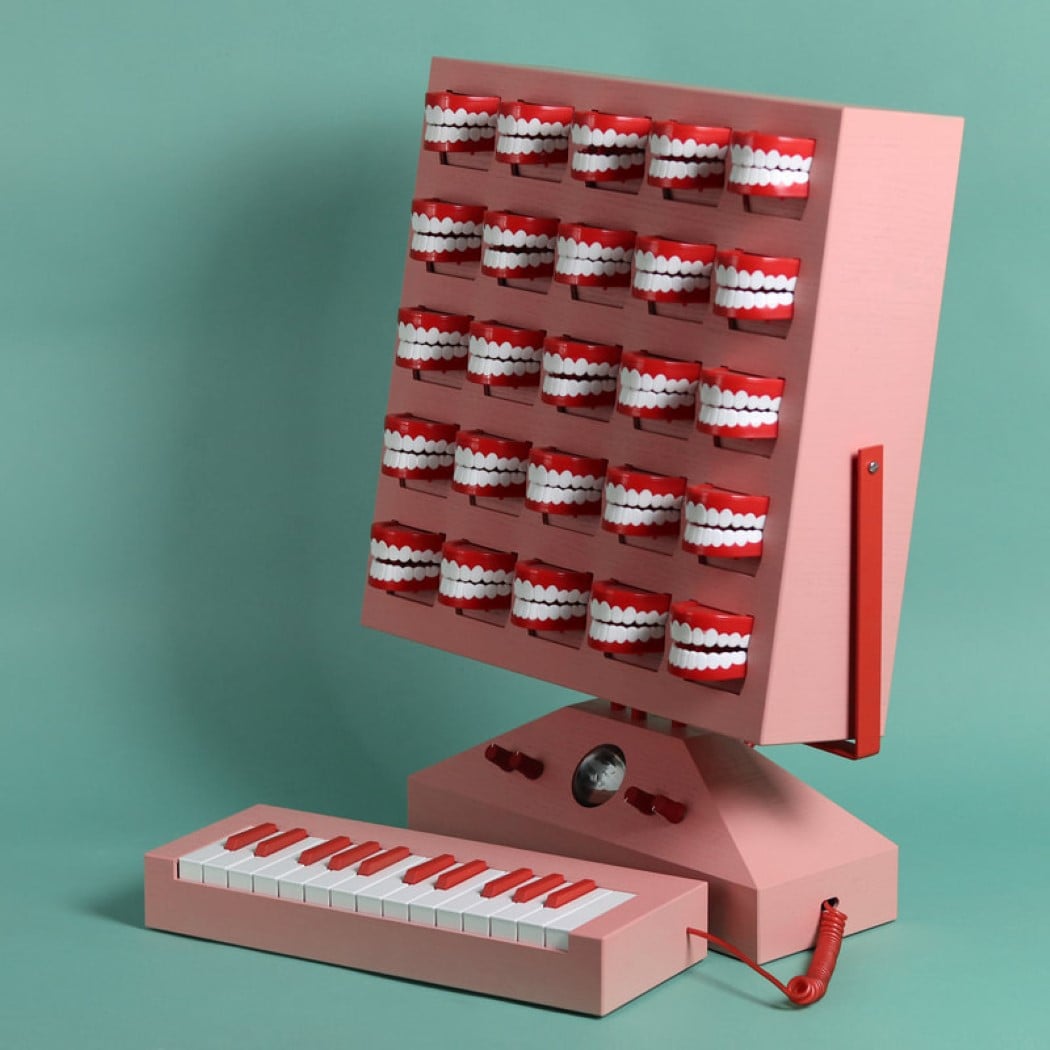
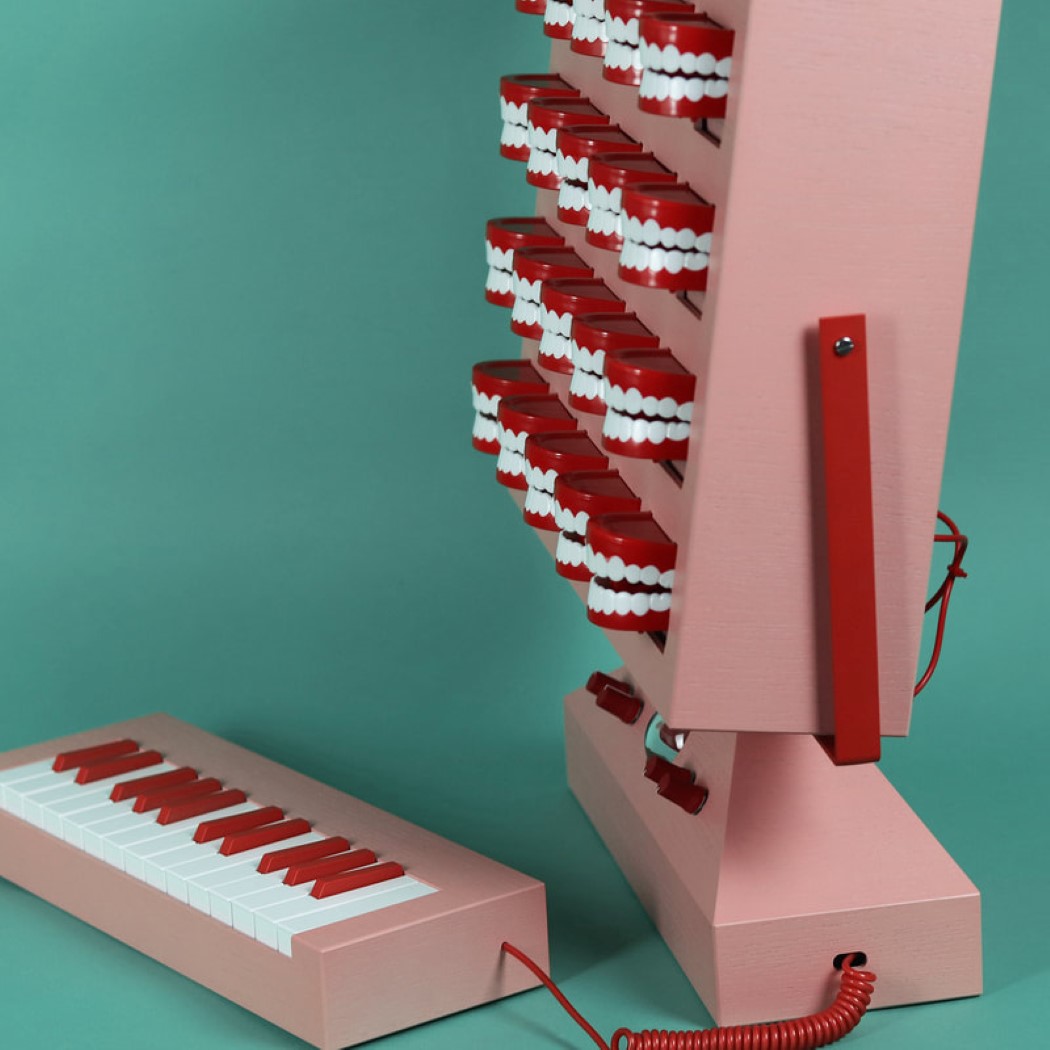
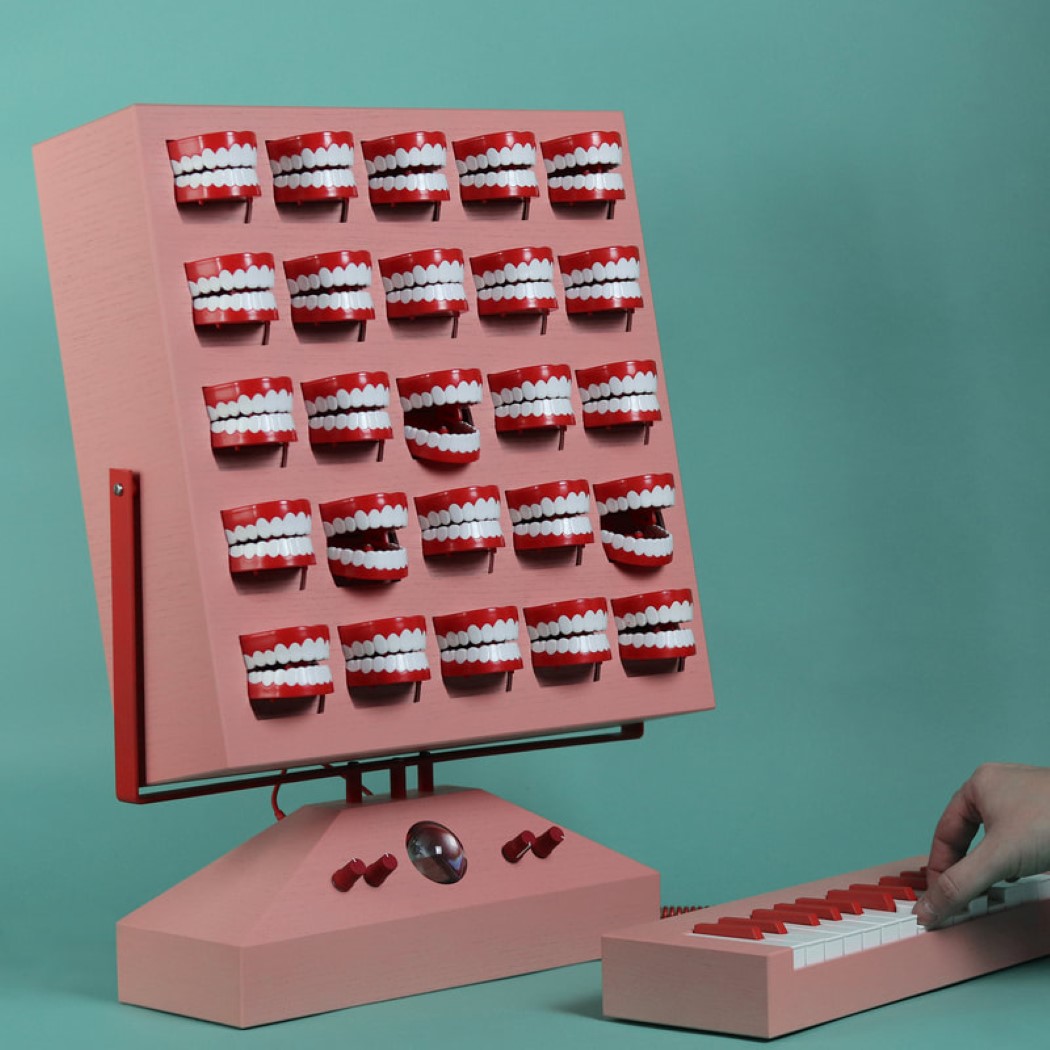
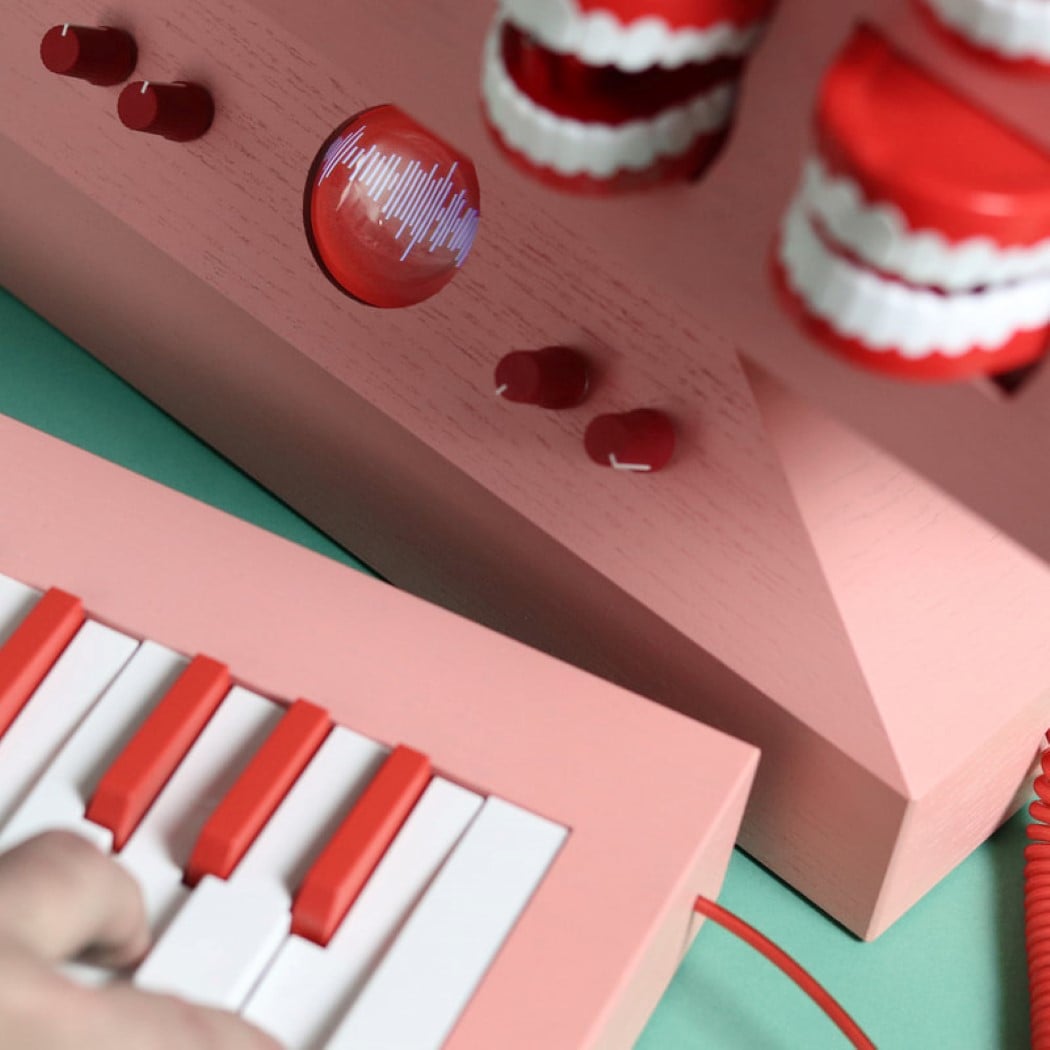

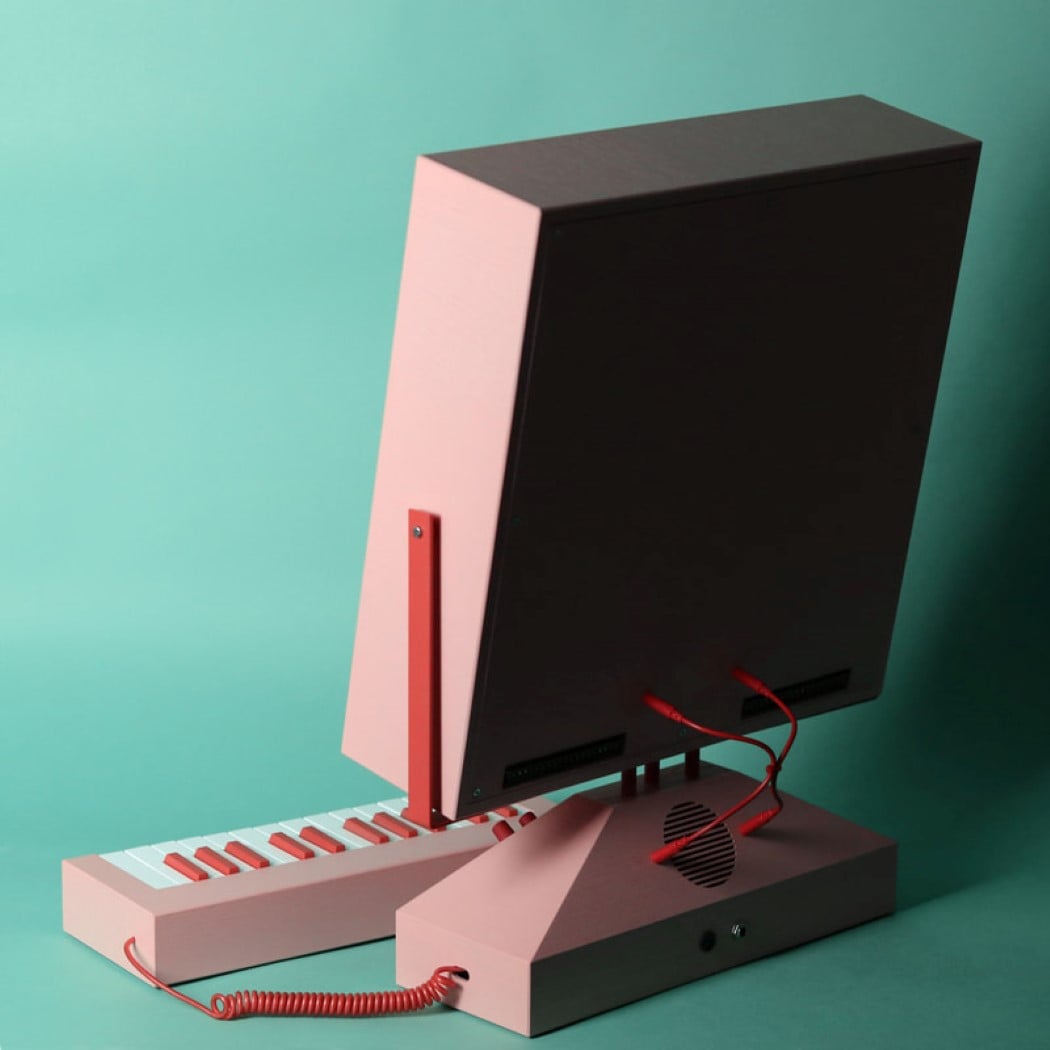
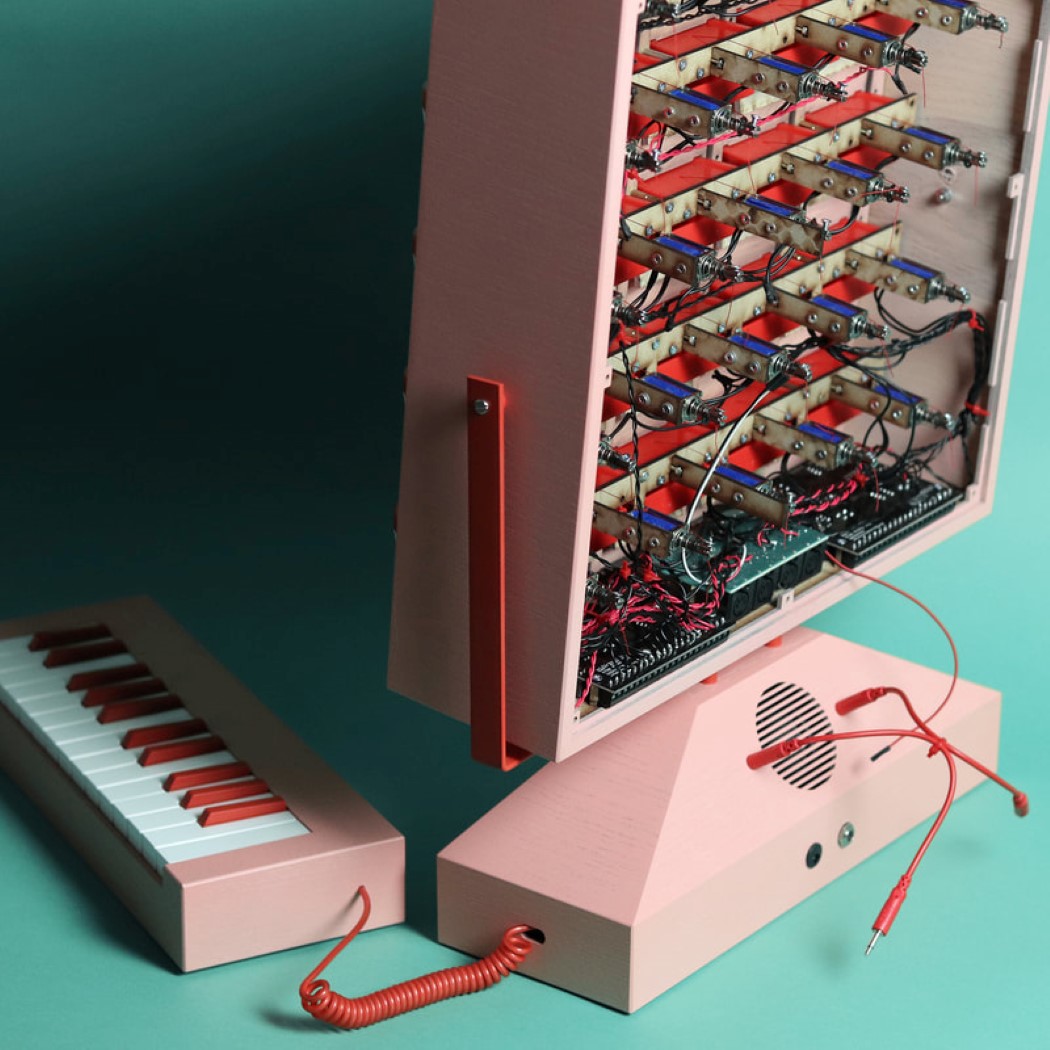
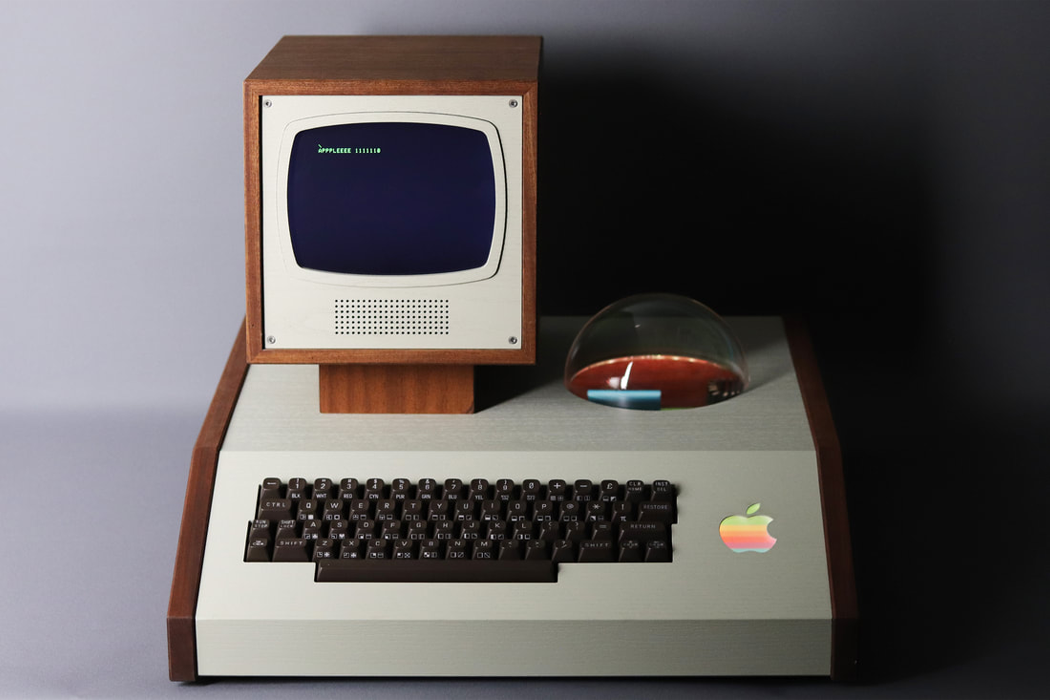
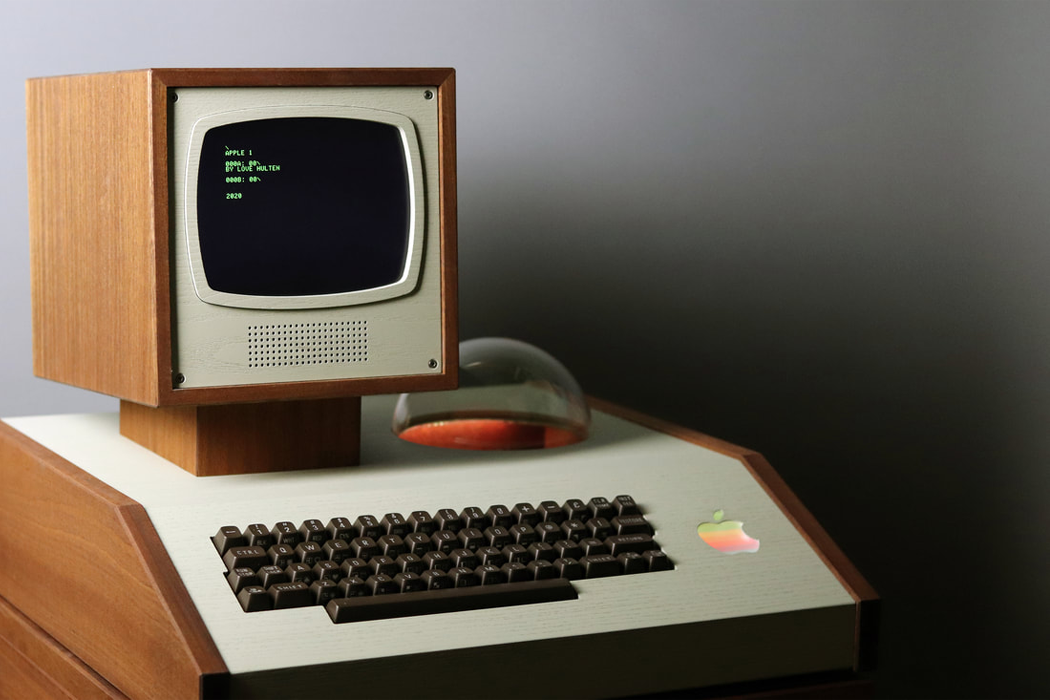
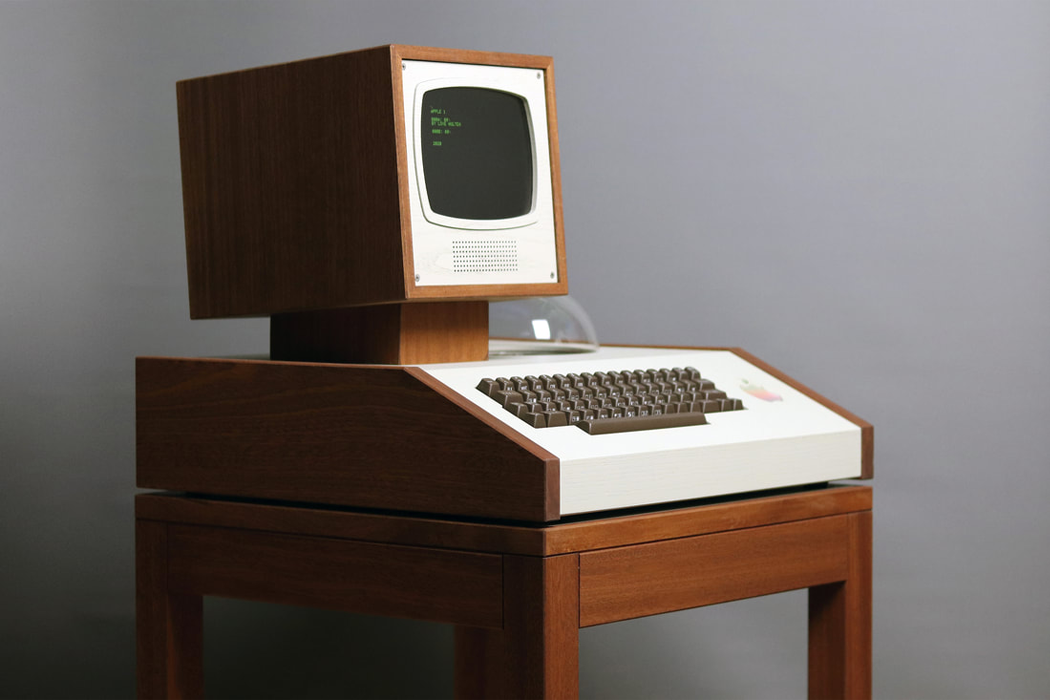
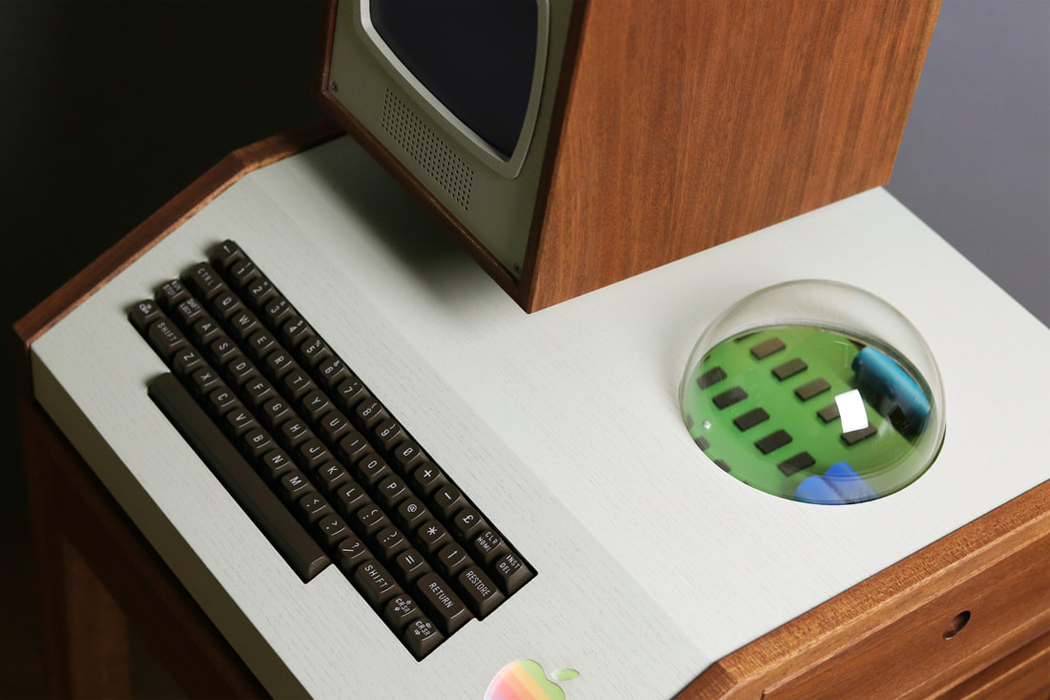
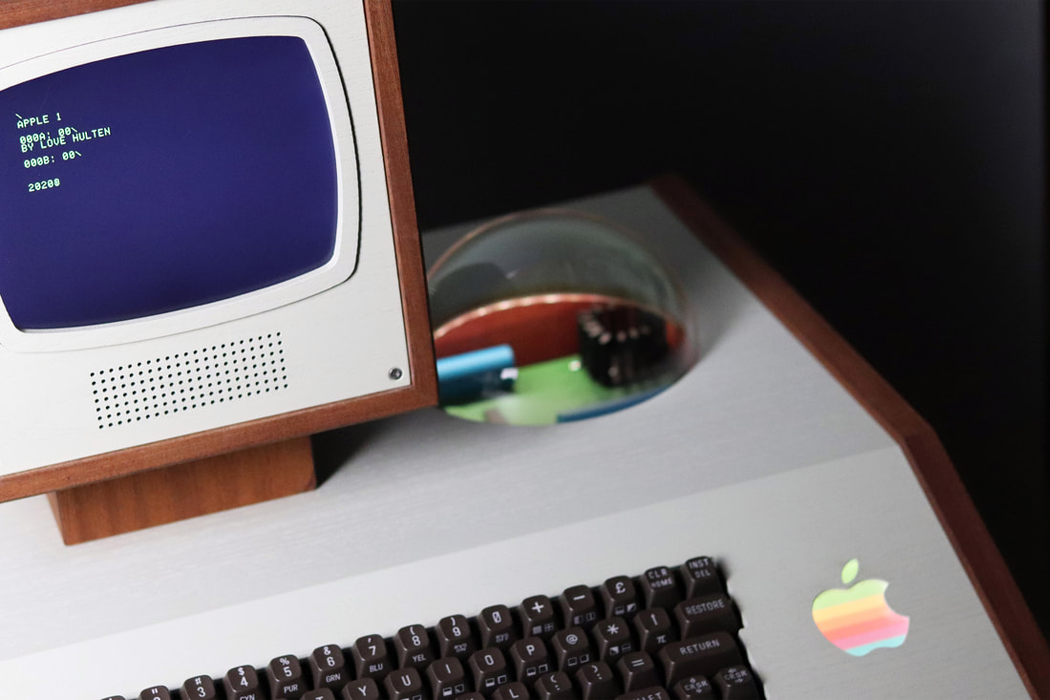
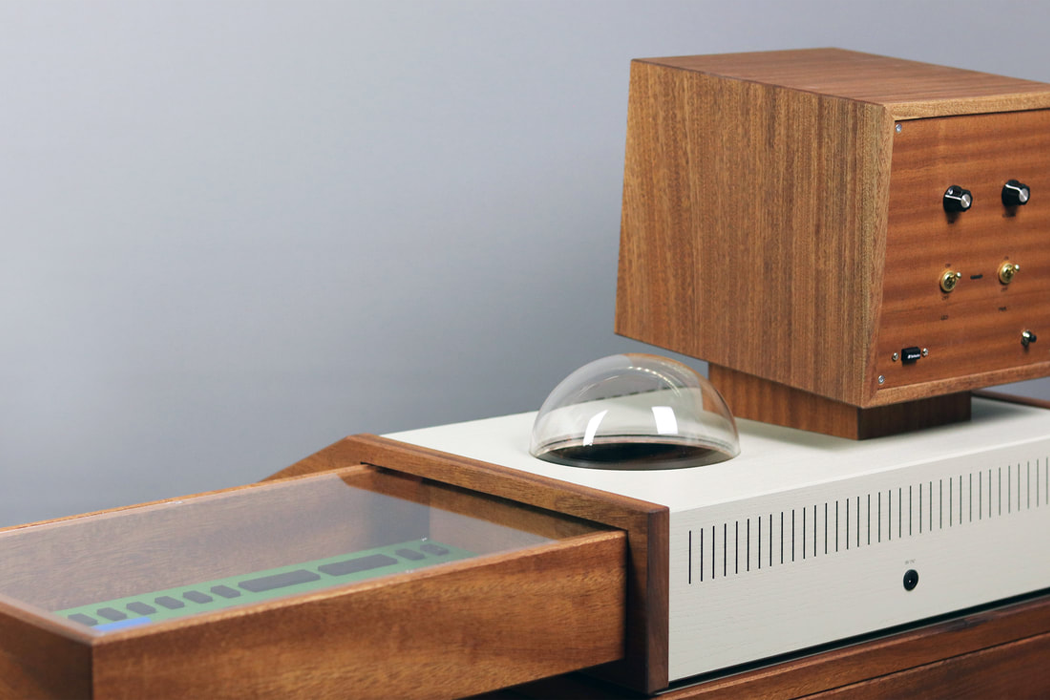
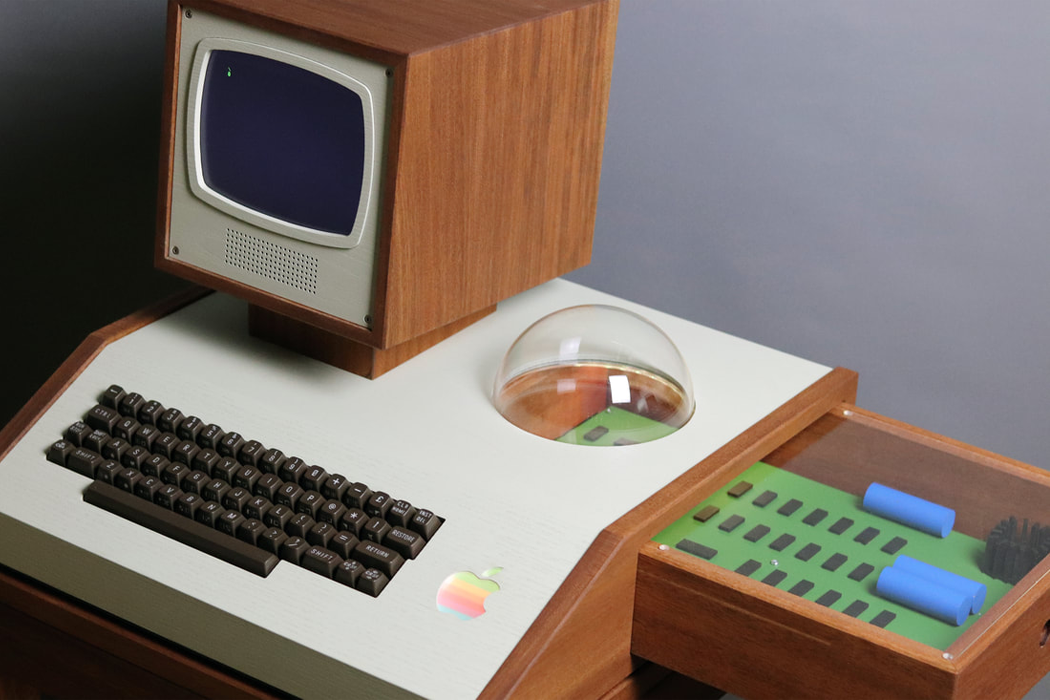
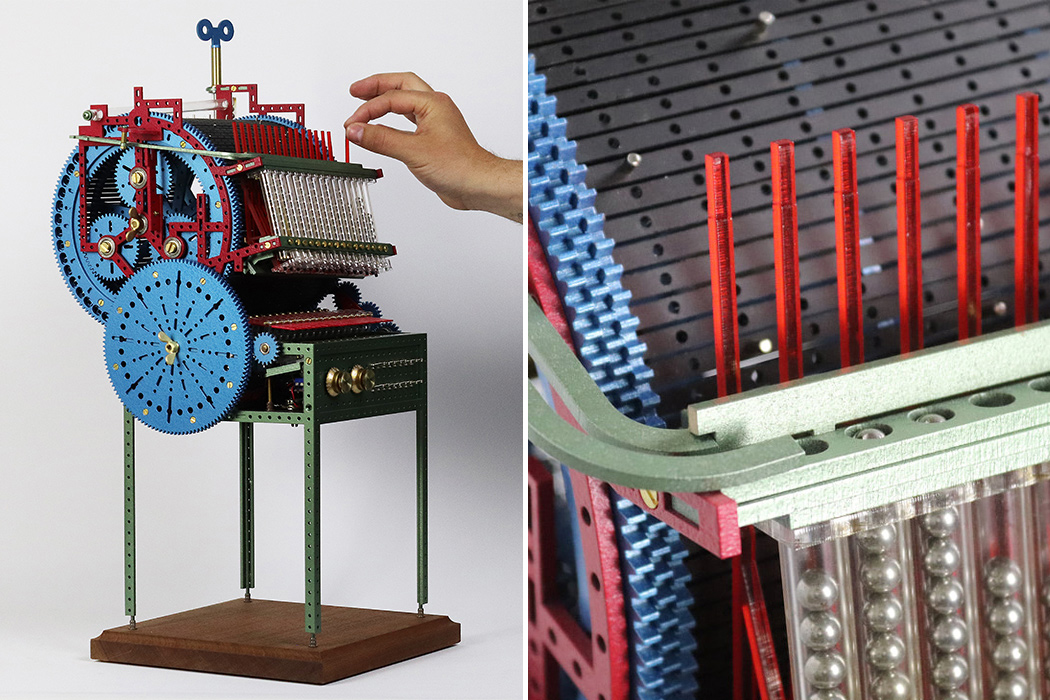
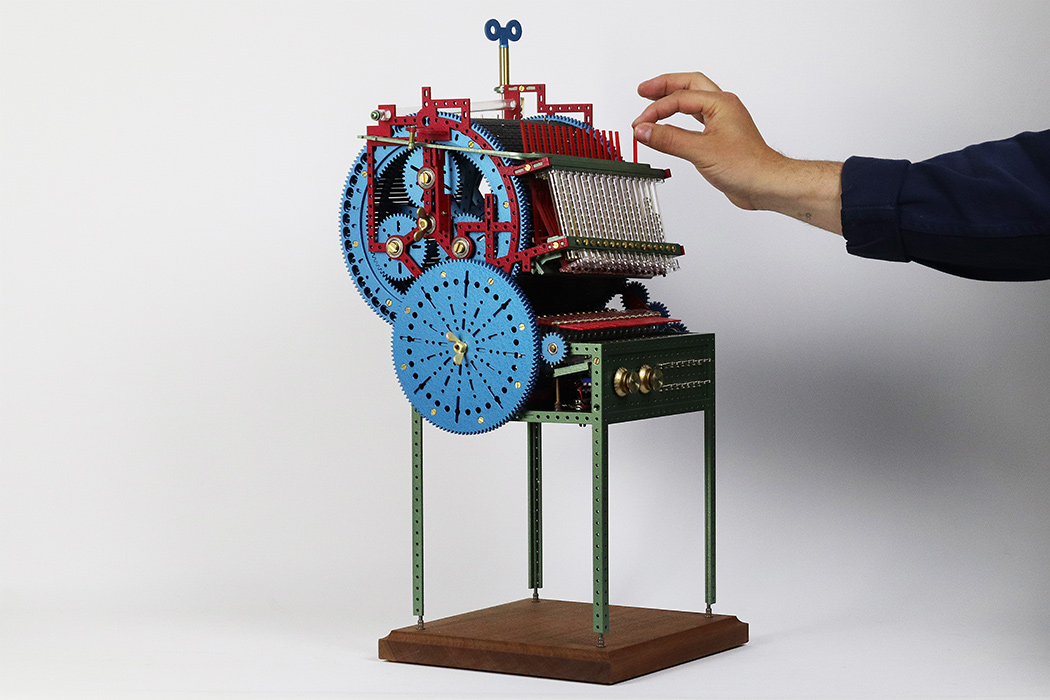
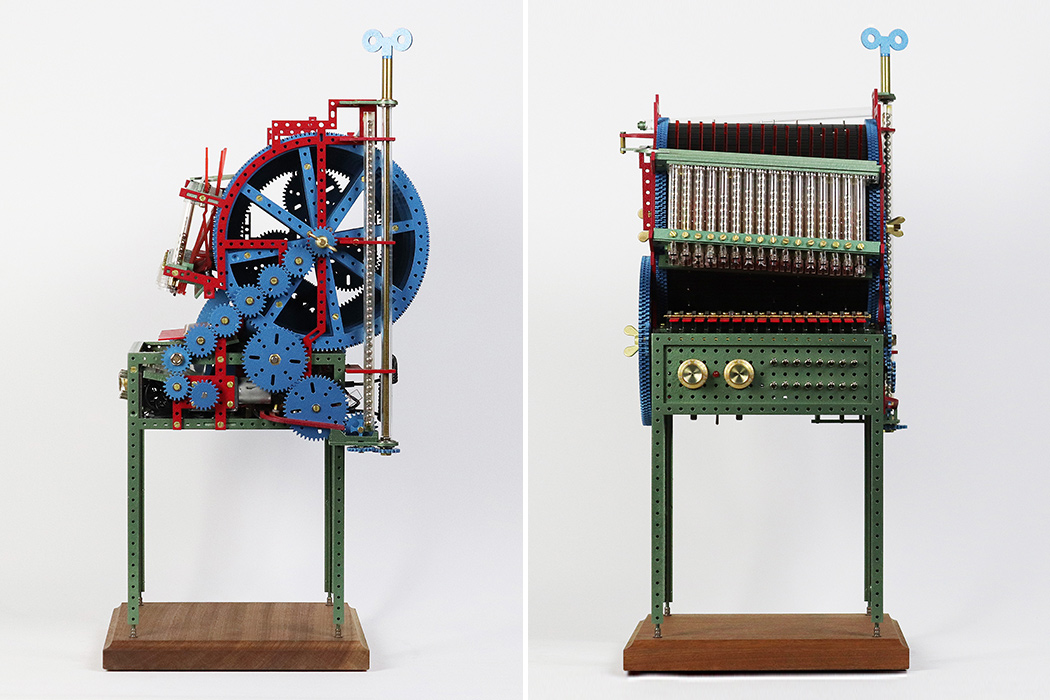
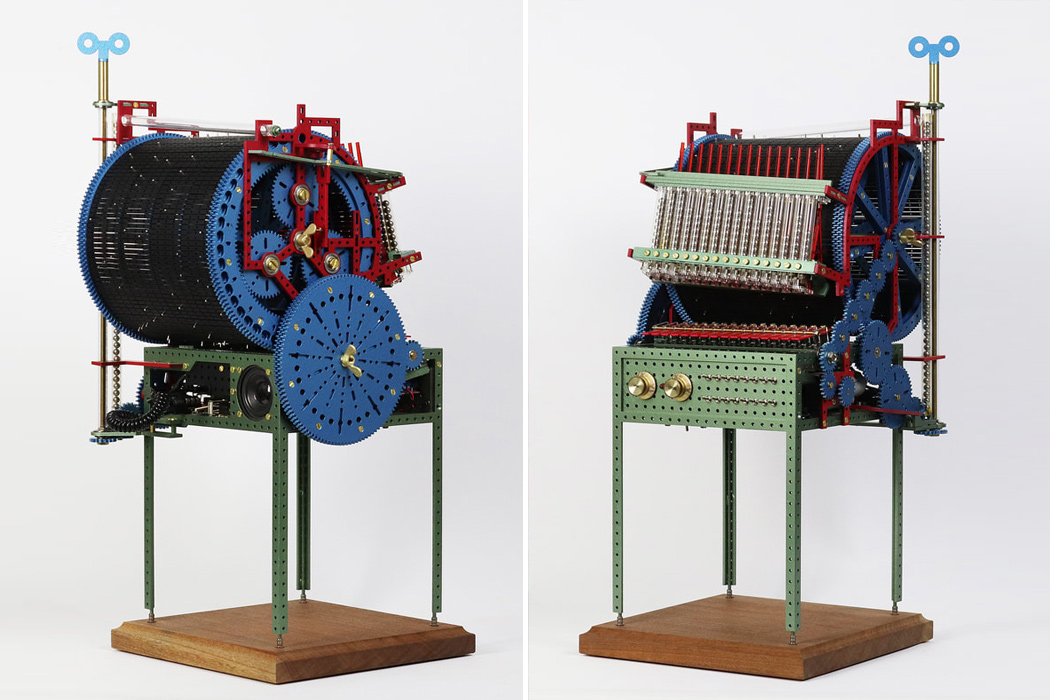
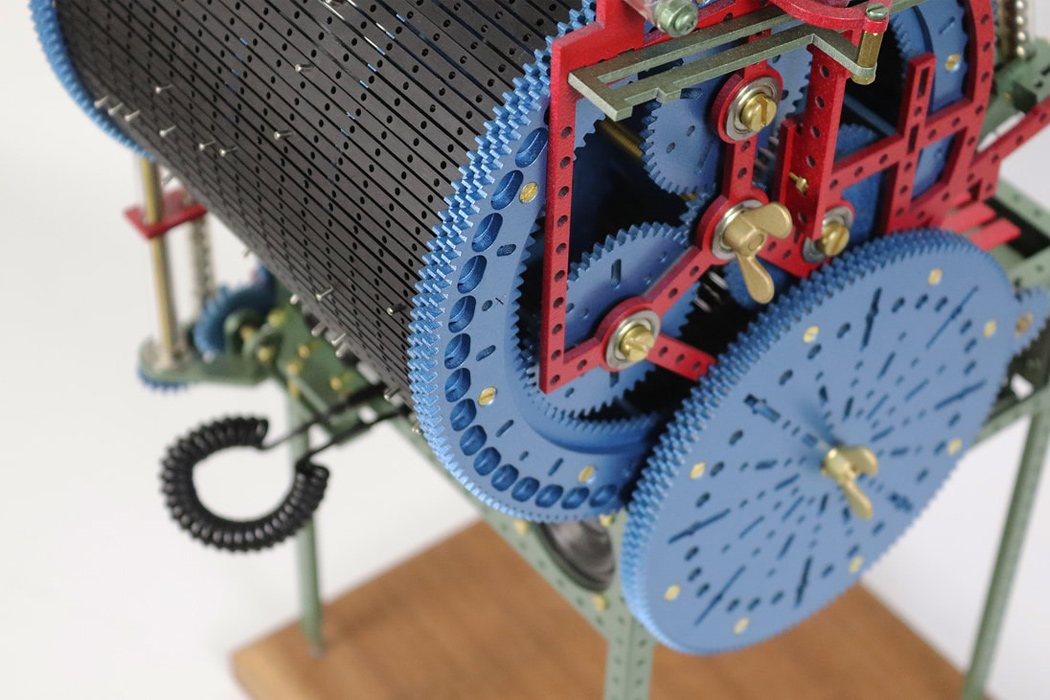
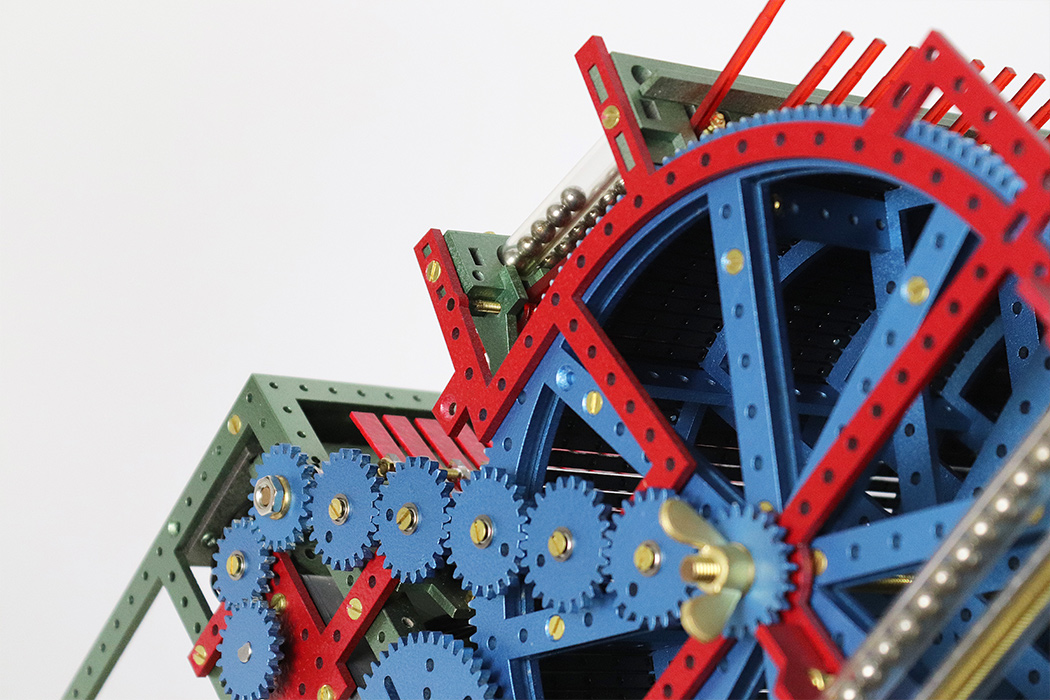
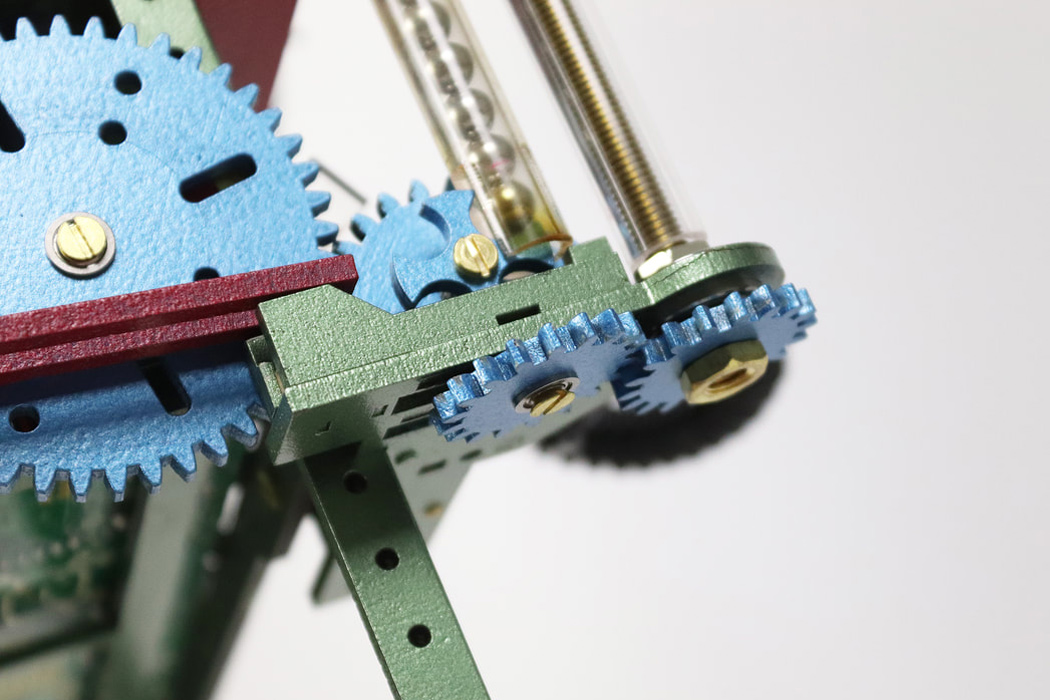
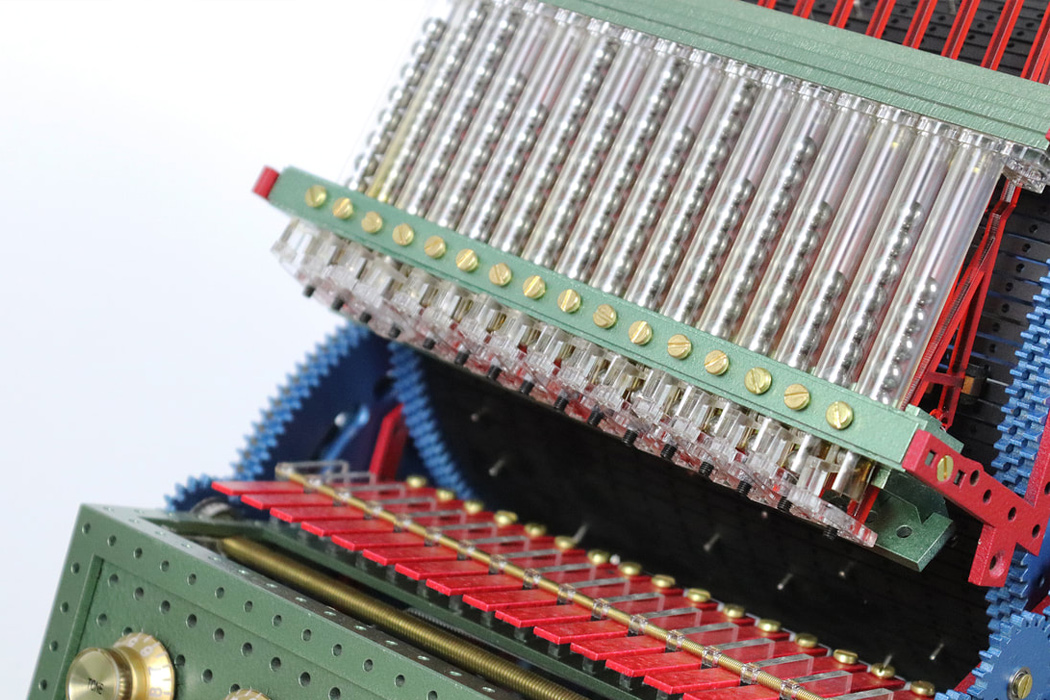
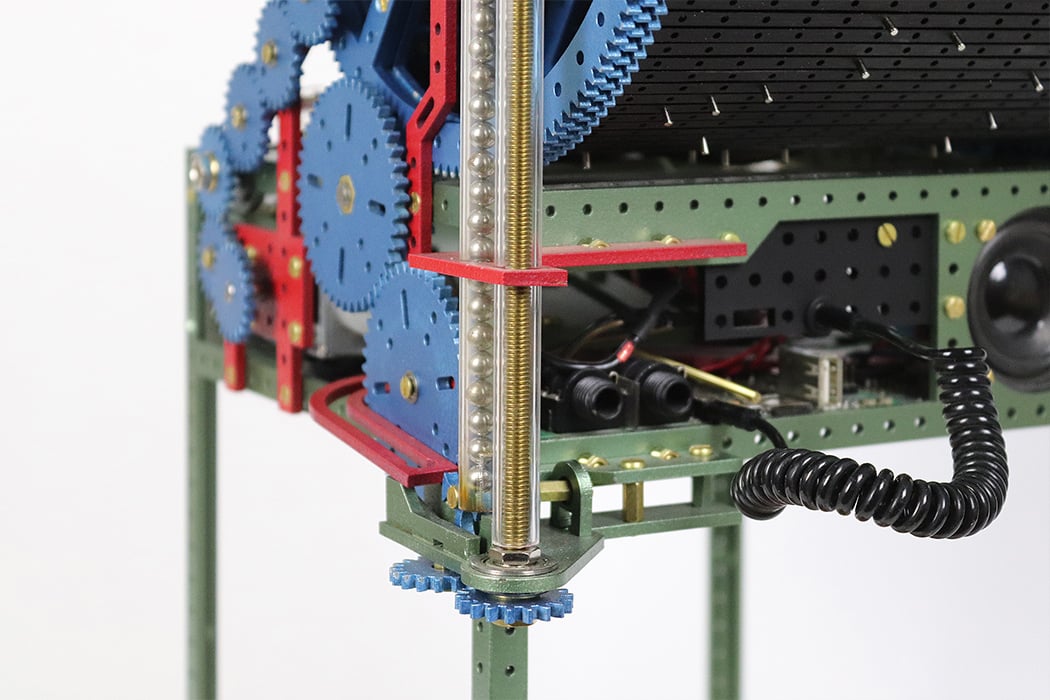
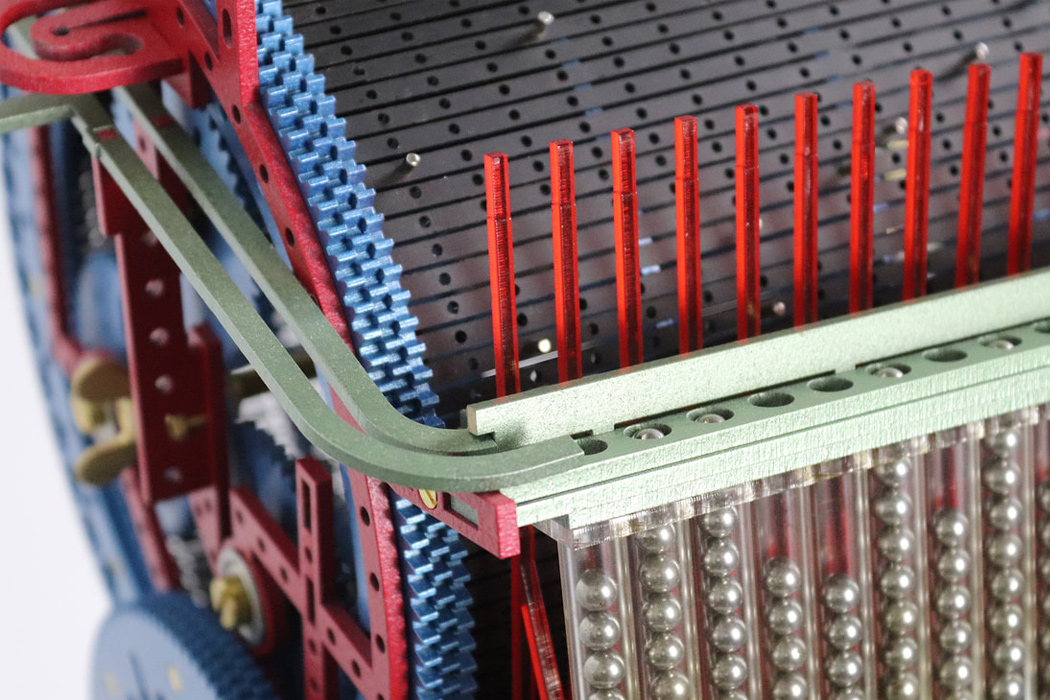
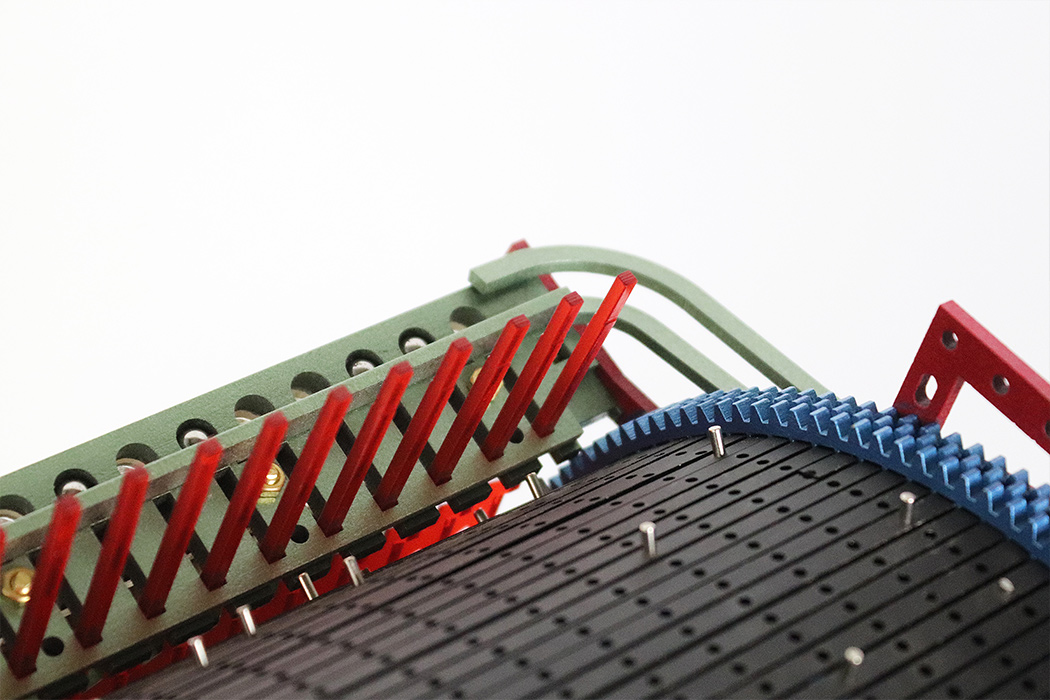
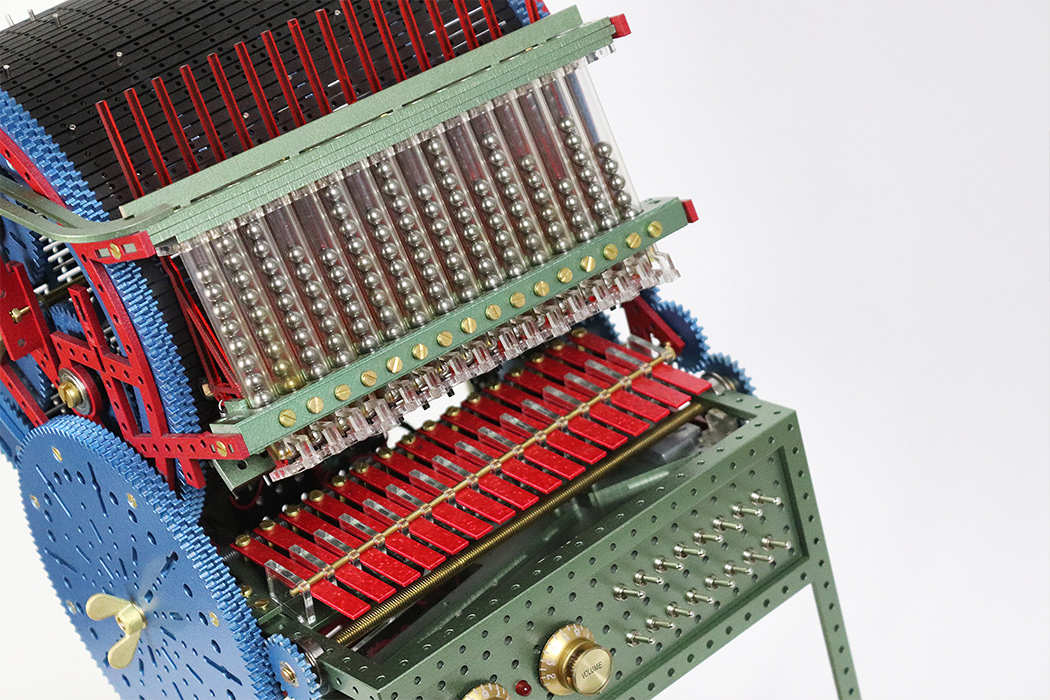
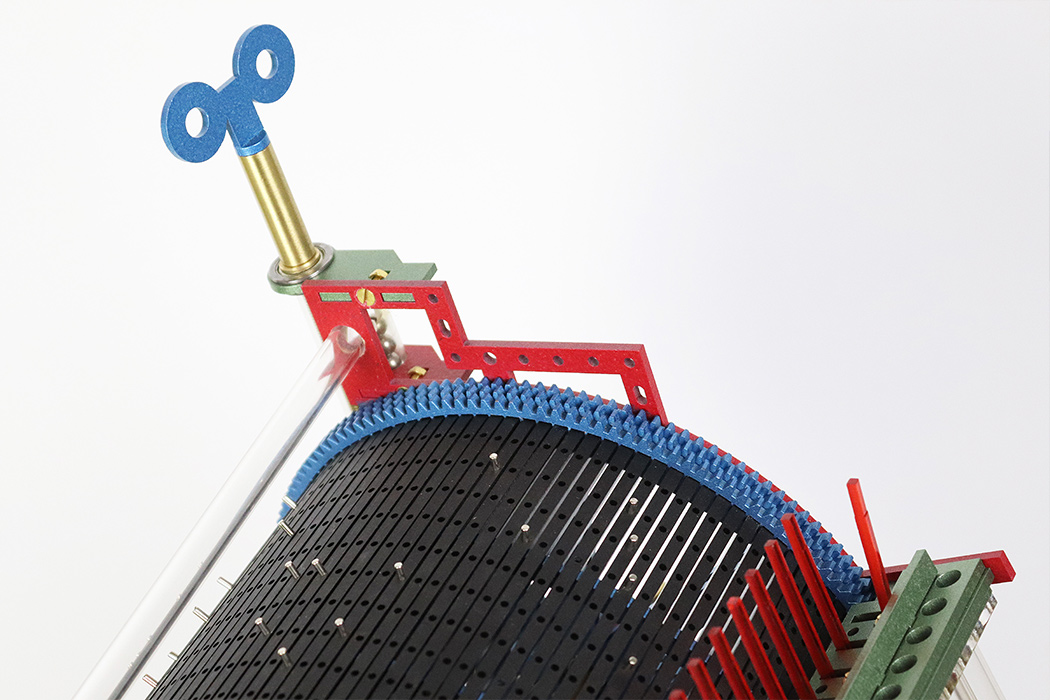
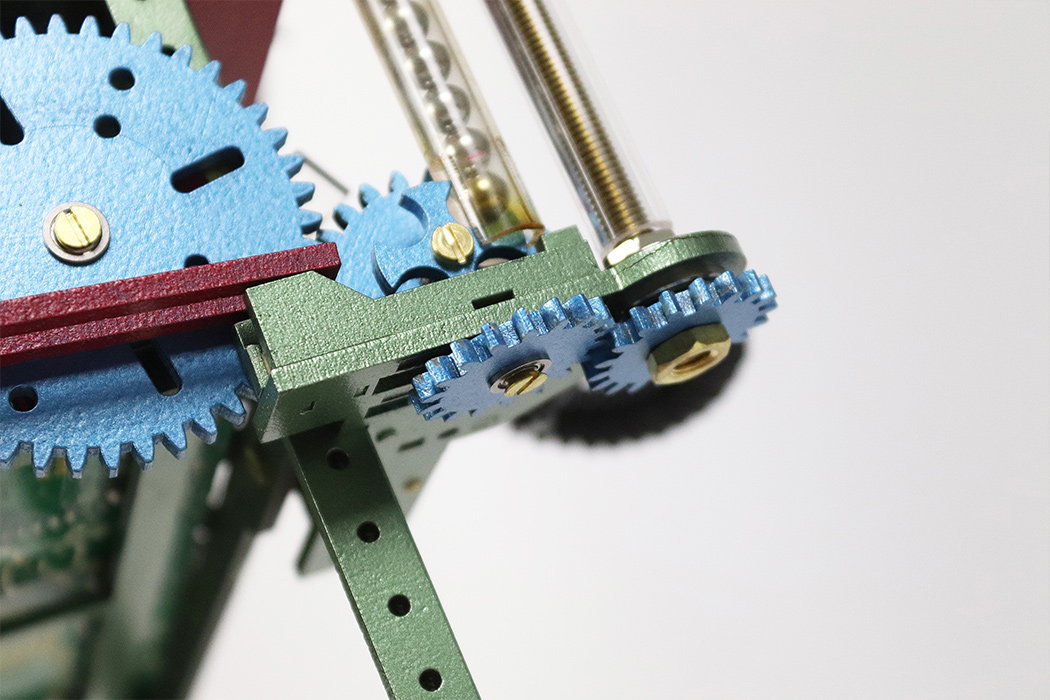
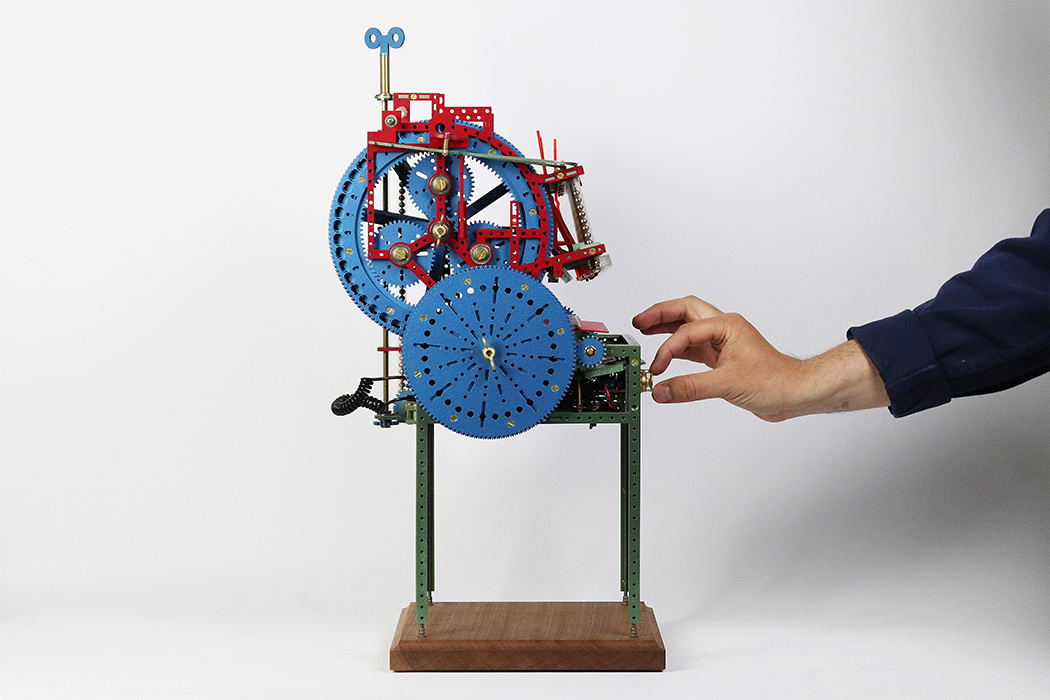











 SK-4 Record player (1956) and T3 Pocket radio (1958), Dieter Rams, Braun.
SK-4 Record player (1956) and T3 Pocket radio (1958), Dieter Rams, Braun. 





 #evoboxx #gameoflife #mathematics #computing #raspberrypi #woodworking
#evoboxx #gameoflife #mathematics #computing #raspberrypi #woodworking